Option 1 Name Manager Dialog window If you select a welldefined worksheet range and insert a chart, Excel parses the range and assigns values (Y values), categories (X values), and series names based on its analysis of the range For example, if you select the range C2F8 shown below, Excel notices that the top left cell C2 is blank, so Row 2 and Column C will be treated differentlyWhen you create a chart in Excel and the source data changes, you need to update the chart's data source to make sure it reflects the new dataIn case you wo
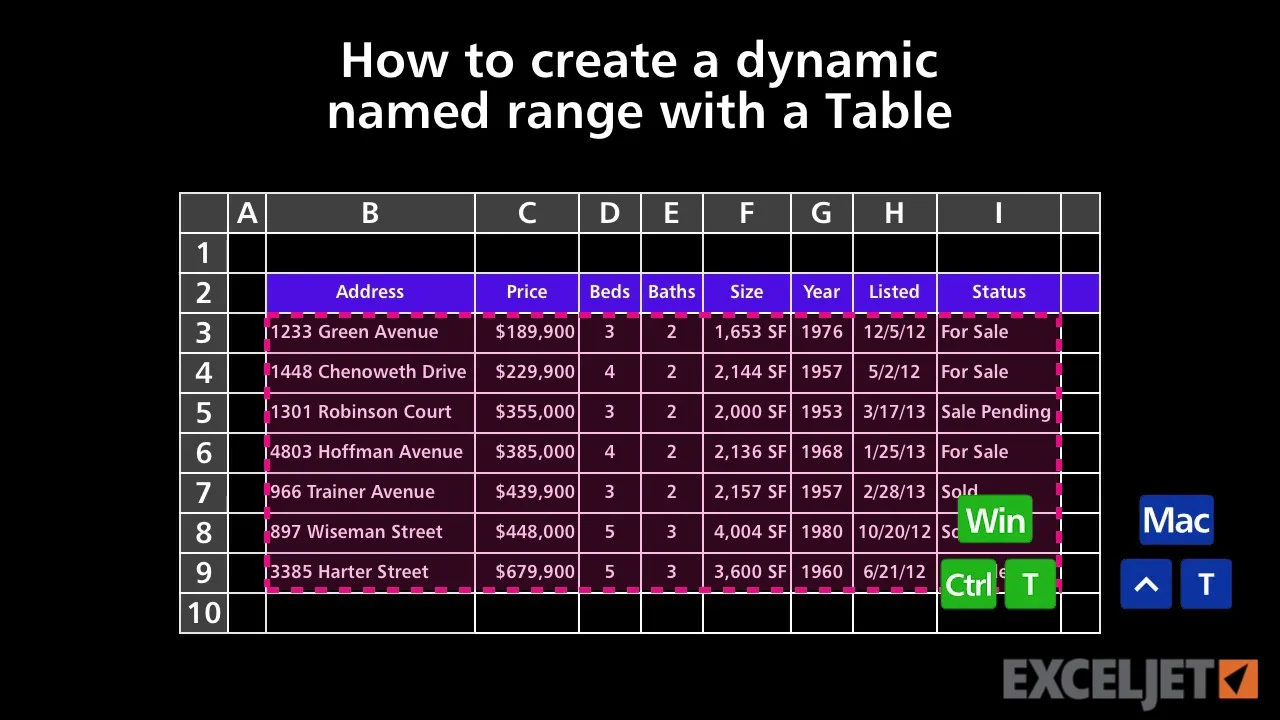
Excel Tutorial How To Create A Dynamic Named Range With A Table
Excel chart data series named range
Excel chart data series named range-Click on Select Data In the 'Select Data Source' dialog box, click on the Add button in 'Legend Entries (Series)' In the Series value field, enter =Formula!ChartValues (note that you need to specify the worksheet name before the named range for this to work) Click OK Select Excel chart dates from a drop down list, and the chart changes to show the new range To create this dynamic chart in Excel 07, you can create a table from the chart data, then create named ranges, and use those names in the chart Create an Excel Table for the Chart Data Note Please see the post, Problems With Dynamic Charts in
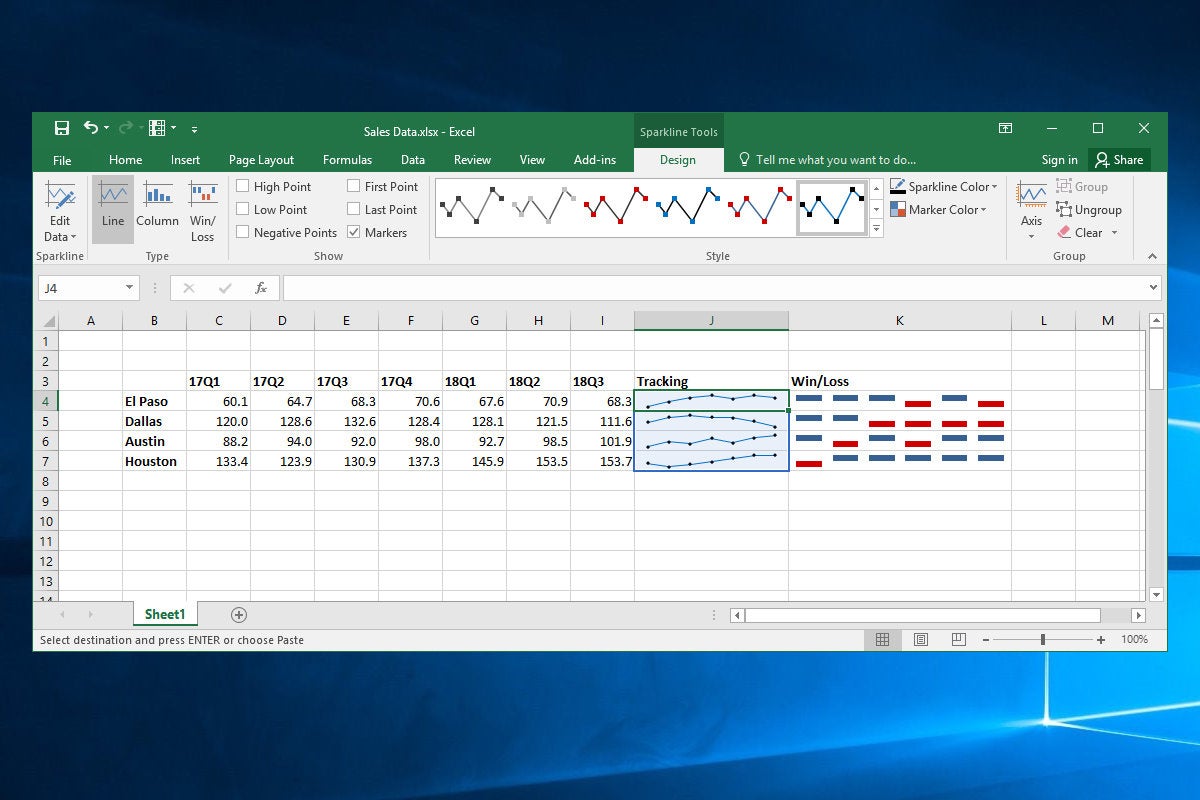



10 Spiffy New Ways To Show Data With Excel Computerworld
Example Charts can be created by working directly with the Series object that defines the chart data In order to get to the Series without an exisitng chart, you create a ChartObject on a given Worksheet and then get the Chart object from it The upside of working with the Series object is that you can set the Values and XValues by referring to Range objects Excel uses the column heading (cell B1) to name the series) In the resulting dialog, enter a reference to Smith's dynamic range in the Series Values control In this case, that's =DynamicChart1 Naming a range of cells in Excel provide an easy way to reference those cells in a formula If you have a workbook with a lot of data on the worksheets, naming ranges of cells can make your formulas easier to read and less confusing
2 minutes to 0)Chart crtSetSourceData Sheets(1)Range("A1E5") ' Set the series names to only use column B crtSeriesNameLevel = 1 ' Use columns A and B for the series names crtSeriesNameLevel = xlSeriesNameLevelAll ' Use row 1 for the category labels crtUnder "Series values," specify the named range to be plotted on the chart by typing the following "=Sheet1!Profit_Margin" The reference is made up of two parts the names of the current worksheet (=Sheet1) and the respective dynamic named range (Profit_Margin) The exclamation mark is used to bind the two variables together Select "OK You can write your own or use the same technique =OFFSET ($G$6,0,0,COUNTA ($G$6$G$14),1) Set the named range's name as "sales_data" or something like that Now repeat the same for years column as well and call it "years_data" 4 Create a column chart and set the source data to these named ranges
Excel Named Ranges The Good and the (Really) Ugly Ramin Zacharia 6 min read Excel was introduced by Microsoft in 1987 Since then, many other spreadsheets, software tools andRight, as shown in the image below as shown in the image below for Excel 13/16 (Excel One of the steps was to set up a named Excel table, which makes it easy to create dynamic ranges Then, the chart series could be based on those dynamic ranges Dynamic Range Problem But, there was a problem with that method, which I mentioned at the end of the article Warning If you select the entire range, the series formula will revert to absolute cell references instead of the named ranges




How Can I Plot Multiple Columns As A Single Continuous Series In Excel Super User




10 Spiffy New Ways To Show Data With Excel Computerworld
Now for example, you want to add the follow data range as new series to the chart 1 Right click at the chart and select Select Data from context menu See screenshot 2 In the popping out dialog, click Add button See screenshot 3 Then in the Edit Series dialog, specify the Series name and Series values byIt is possible to instruct an Excel chart to automatically ignore the unwanted latter part of the series (ie August and September) The OFFSET function can be applied to resize the range of the graph source data to include an appropriate series of values Create your data table (worksheet name 'Main') and graph and save the spreadsheet Step 4 Add the Labels Excel 13/16 Click the icon beside the chart as shown below (Note for Excel 07/10 go to Layout tab) This will open the Format Data Labels pane/dialog box where you can choose 'Series Name' and label position;
/ExplodeChart-5bd8adfcc9e77c0051b50359.jpg)



How To Create Exploding Pie Charts In Excel



Adding Colored Regions To Excel Charts Duke Libraries Center For Data And Visualization Sciences
Refers To =IF ($A$1="A",IF ($B$1="B",AB,Ab),IF ($B$1="B",aB,ab)) where AB, Ab, aB, and ab are other named ranges I'm using in this example So if you were using the master name as your Y value definition, your series formula might look like this =SERIES ("My Data",Sheet1!$A$2$A$15,Sheet1!Master_Name,1) J In the Axis Labels dialog box, replace the default range with the dynamic label named range Click OK Now your chart will only show the last 12 rows of data When you update your data by adding more rows, the chart will automatically show the new last 12 rows of data, creating a rolling chart effect Note that if you want to show more than oneNamed range is a very useful feature in Excel especially when you work with lot of formulas but there are times when you might want to view the list of all the named ranges in your workbook There are couple of ways in which you can view the named ranges in Excel How to View Named Ranges in Microsoft Excel ?
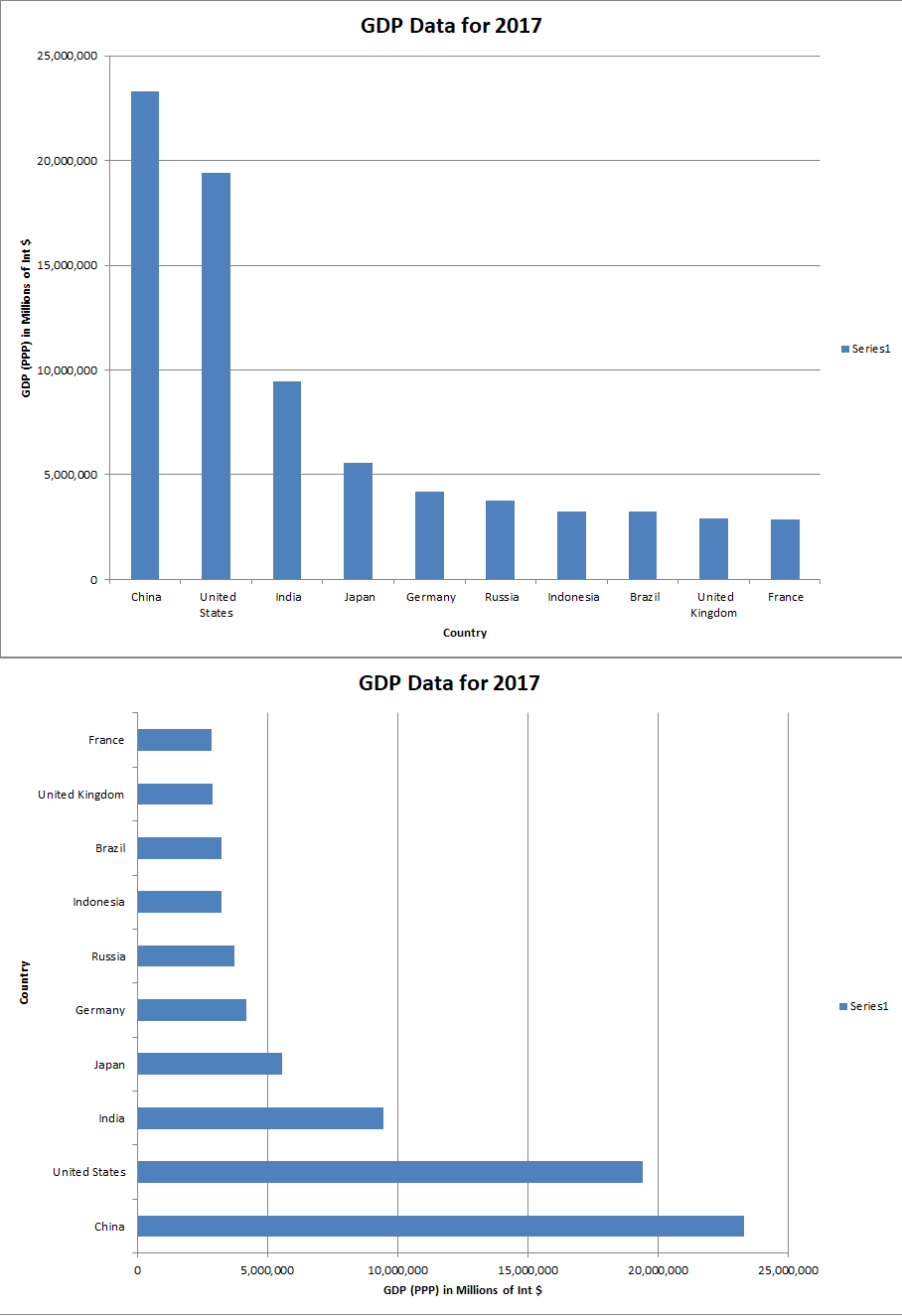



8nxlfgmcp Yoqm




How To Create An Excel Chart With A Dynamic Range That You Select Think Outside The Slide
To rename a data series in an Excel chart, please do as follows 1 Right click the chart whose data series you will rename, and click Select Data from the rightclicking menu See screenshot 2 Now the Select Data Source dialog box comes out Please click to highlight the specified data series you will rename, and then click the Edit button Hi, I'm trying to make a chart that depends on dynamic named ranges I've got the dynamic ranges figured out (I think) but I'm having trouble getting the Names recognized I can create them but they don't show up in the Names DropDown list As a consequence, the names aren't recognized in chart source data references Help! Named range use in chart series formulas causes errors if named range was created via VBA code I have ID'd a bug in Excel 13 where named ranges created via VBA code (NamesAdd method), and those created manually, are somehow different when those named ranges are used in chart series formulas
:max_bytes(150000):strip_icc()/PieOfPie-5bd8ae0ec9e77c00520c8999.jpg)



How To Create Exploding Pie Charts In Excel
:max_bytes(150000):strip_icc()/NameBox-5be366ed46e0fb00519ef15a.jpg)



How To Define And Edit A Named Range In Excel
To make a dynamic chart that automatically skips empty values, you can use dynamic named ranges created with formulas When a new value is added, the chart automatically expands to include the value If a value is deleted, the chart automatically removes the label In the chart shown, data is plotted in one seriesThe named range dynamically updates the chart area (ie row labels, column labels and data range) I reference it correctly ie as ='filenamexlsm'!named_range_here in the "Chart Data Range" section When I do this, the Chart Data Range resets itself help What's in this article A stepbystep guide for creating a chart that shows normal range overlaid on mean, min and max values for multiple series of dataIn other words, an Actual vs Target chart By the end of this tutorial, you will be able to produce something like this in MSExcel
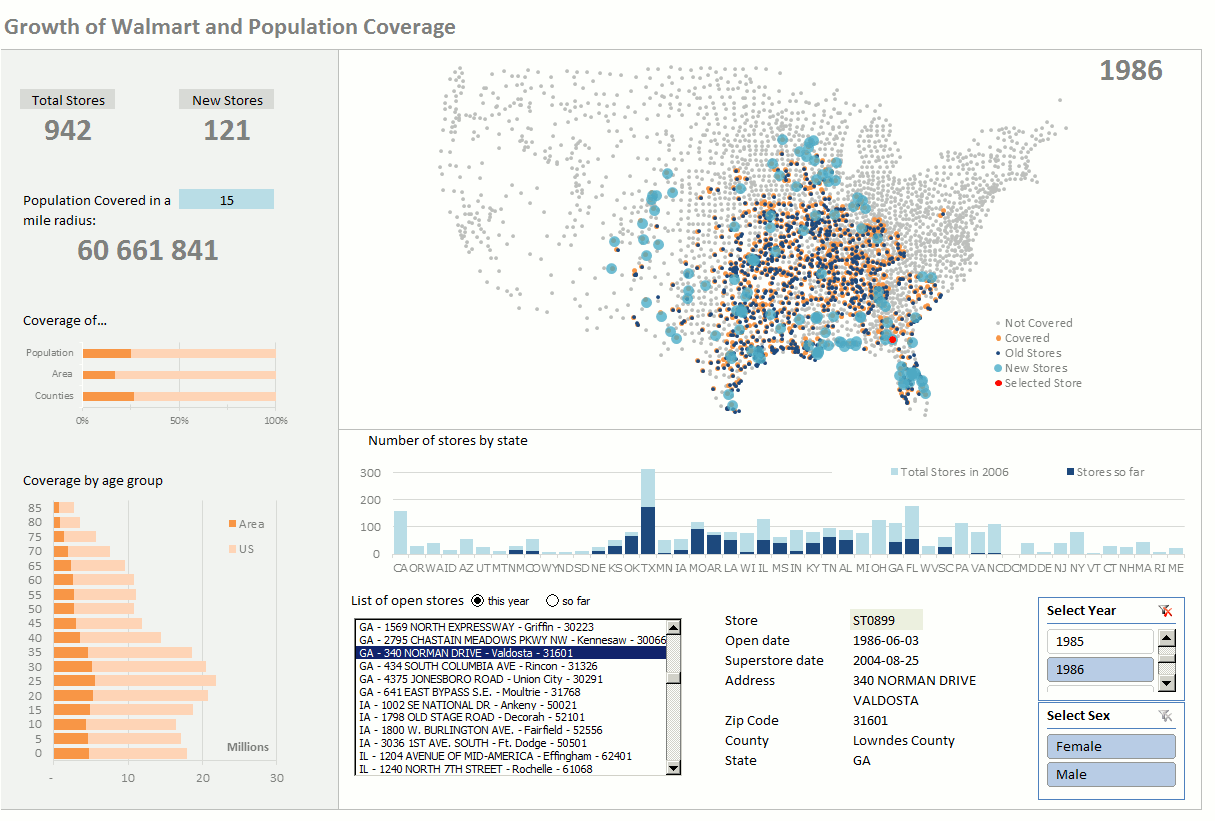



How To Create An Excel Dashboard The Excel Charts Blog




Visualize Statistics With Histogram Pareto And Box And Whisker Charts Microsoft 365 Blog
Excel Dynamic Chart #10 OFFSET Function Dynamic Range Watch later Share Copy link Info Shopping Tap to unmute If playback doesn't begin shortly,1 Select the chart Right click, and then click Select Data The Select Data Source dialog box appears 2 You can find the three data series (Bears, Dolphins and Whales) on the left and the horizontal axis labels (Jan, Feb, Mar, Apr, May and Jun) on the right Switch Row/ColumnRightclick the chart with the data series you want to rename, and click Select Data In the Select Data Source dialog box, under Legend Entries (Series), select the data series, and click Edit In the Series name box, type the name you want to use The name you type appears in the chart legend, but won't be added to the worksheet



1
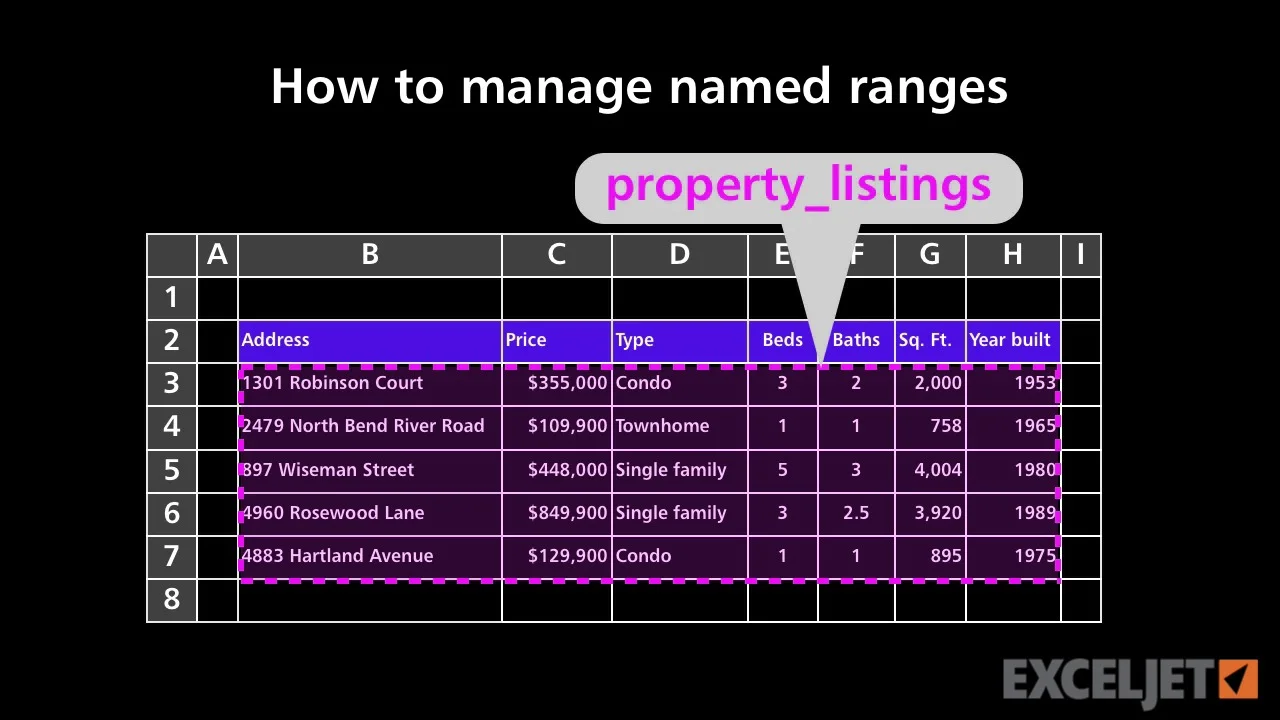



Excel Tutorial How To Manage Named Ranges
Chart by count of values in excel 10 excel chart types and when to use chart using pivot table and range names les to charts in excel 16 build dynamic charts in excelCreate Chart Using Named Range In Excel Vba BisonChange Legend Names ExcelExcel Dynamic Named Ranges W Tables Chart AutomationName An Embedded Chart In I'm using an Excel 07 chart embedded in a worksheet When I select a series and drag (move / resize) the series range in the worksheet, the series name gets deleted For example, an XY chartIn series values, change range reference with named range "amount" Click OK In horizontal axis, click edit Enter named range "months" for the axis label Click Ok All is done Congratulations, now your chart has a dynamic range




Line Graph With A Target Range In Excel Youtube




Line Chart Options
One way to check the named ranges is to open the named range manager, highlight the named range used in the chart, and then click in the formula box at the bottom of the window A flickering/moving dashed line should then appear around the cells that the named rangeUsing named ranges to define the data to be charted To define the data to be used in the chart, we need to create two named ranges The first named range is for the names of the quarters that will be the xaxis labels In the Name Manager on the Formula ribbon, we define a range named ChartX using the following formulaCharts in Office are always associated with an Excelbased worksheet, even if you created your chart in another program, such as Word If your chart is on the same worksheet as the data you used to create the chart (also known as the source data), you can quickly drag around any new data on the worksheet to add it to the chart




Excel Tutorial How To Create A Dynamic Named Range With A Table
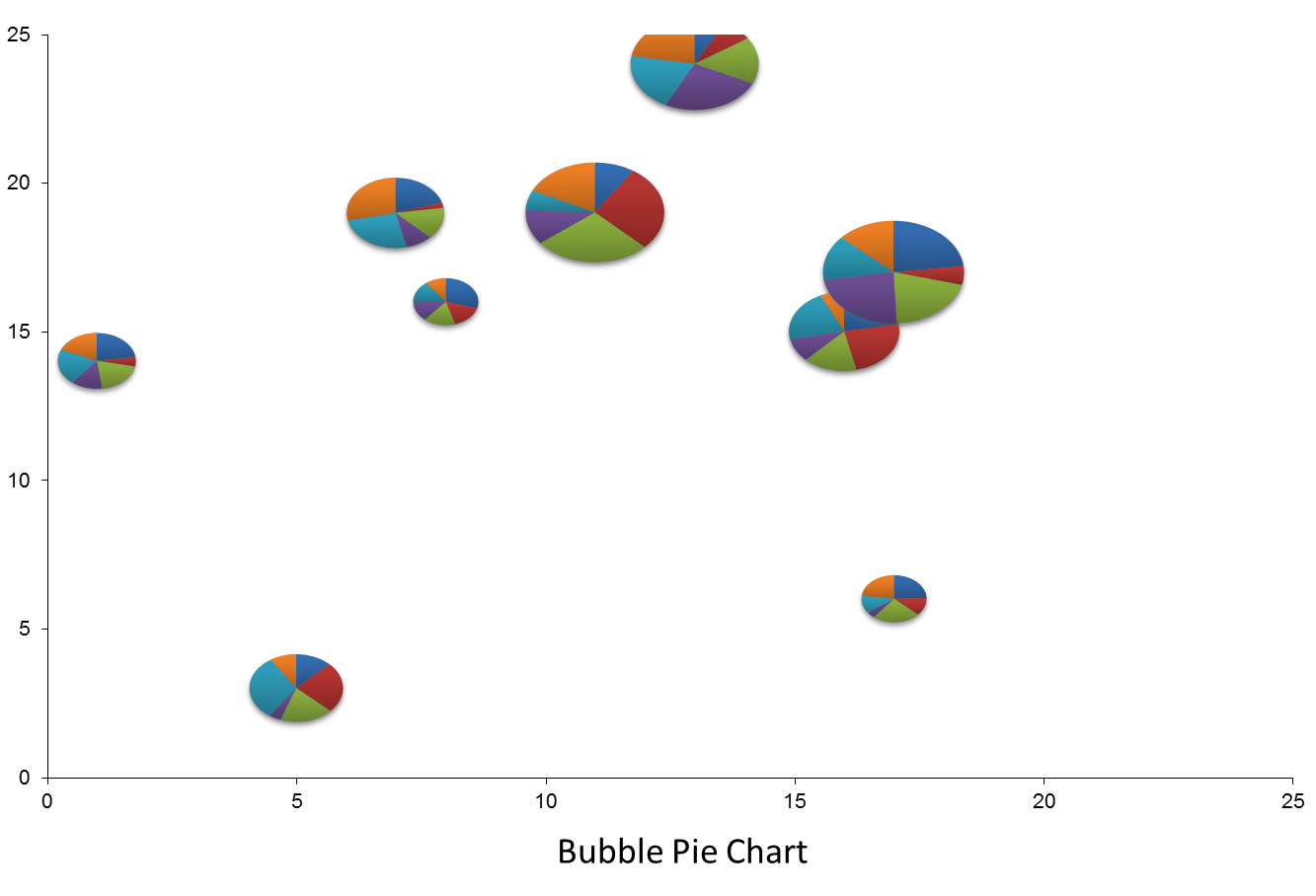



Create A Bubble Pie Chart Or World Map Pie Chart Using Vba And Excel Charts User Friendly
ChartSeriesNameLevel property (Excel) ; Show specific values on a chart using an Excel defined Table as a data source based on selected drop down values How to use this worksheet The following animated image shows you a sheet where you can select column (Region) or a row (Month) and the chart updates correspondingly I am only using named ranges and a table to create the functionality How to create an Excel name for a constant In addition to named ranges, Microsoft Excel allows you to define a name without cell reference that will work as a named constantTo create such a name, use either the Excel Define Name feature or Name Manager as explained above For instance, you can make a name like USD_EUR (USD EUR conversion rate) and
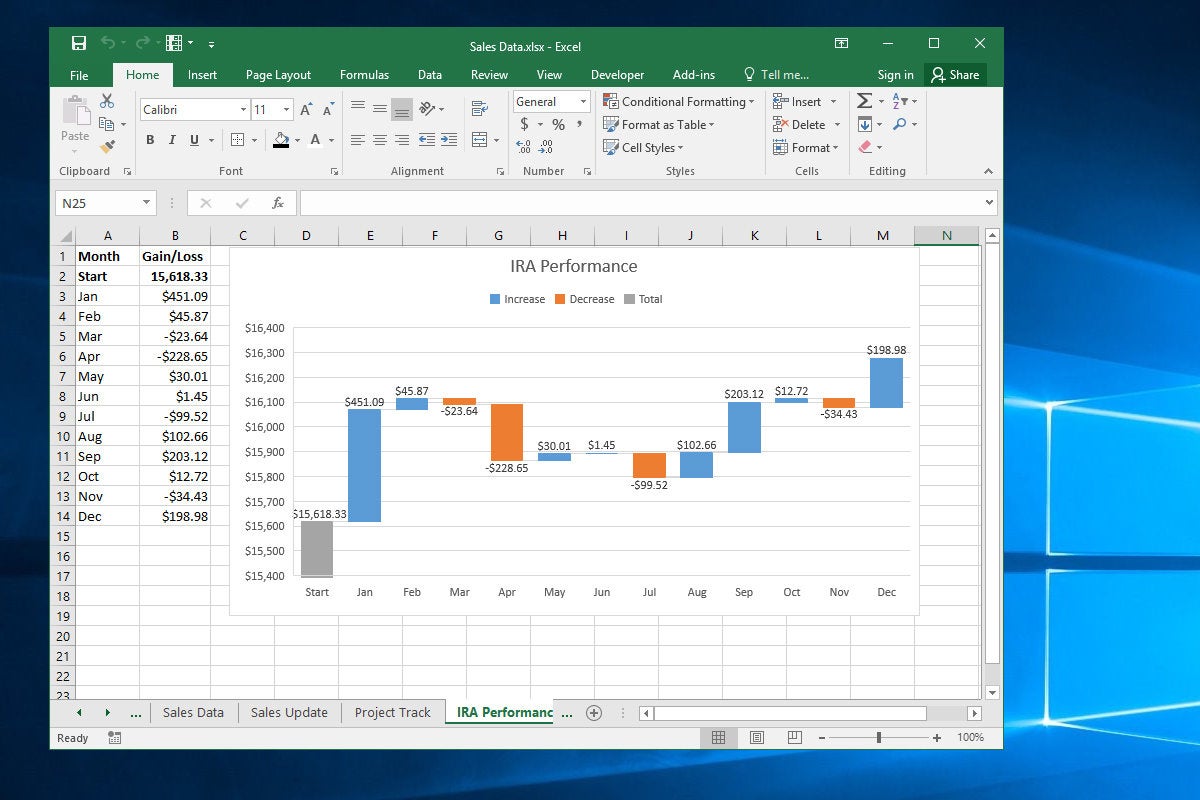



10 Spiffy New Ways To Show Data With Excel Computerworld




Excel Tutorial How To Create A Named Range
Re Combine 2 namedranges for a single series line chart Elmer, you can use range names and you can combine several noncontiguous ranges into one data series In both cases, though, the data must be on the same sheet The combined series formula omits the first argument, so the default series name is used To have it done, perform these steps On the Formula tab, in the Defined Names group, click Define Name Or, press Ctrl F3 to open the Excel Name Manger, and click the New button Either way, the New Name dialogue box will open, where you specify the following details In the Name box, type the name for your dynamic range I recommend that you rearrange your data, that way you don't need to set up complicated dynamic named ranges You can use an Excel defined Table, it is dynamic by default To rearrange data simply select data, in the image above it is cell range B2H6 Copy the cell range, you can do that quickly by using the shortcut keys CTRL c




Creating Chart Directly Referencing A Dynamic Named Range Excel




Column Chart Options
If your references are Names (Named Ranges), you need to qualify the Name with the scope of the Name, that is, either its parent worksheet or the parent workbook =SERIES(Sheet1!TheSeriesName,Sheet1!TheXValues,Sheet1!TheYValues,1)Method 2 Use a database, OFFSET, and defined names in Excel 03 and in earlier versions of Excel You can also define your data as a database and create defined names for each chart data series To use this method, follow these steps In a new worksheet, type the following data A1 Month B1 Sales Jan B2 10 A3 Feb Mar B4 30Even if the name would be recognized by the chart, it will be converted to a cell address in the Chart Data Range box of the Select Data Source dialog Names only persist in the ranges for X, Y, and series name for each individual series
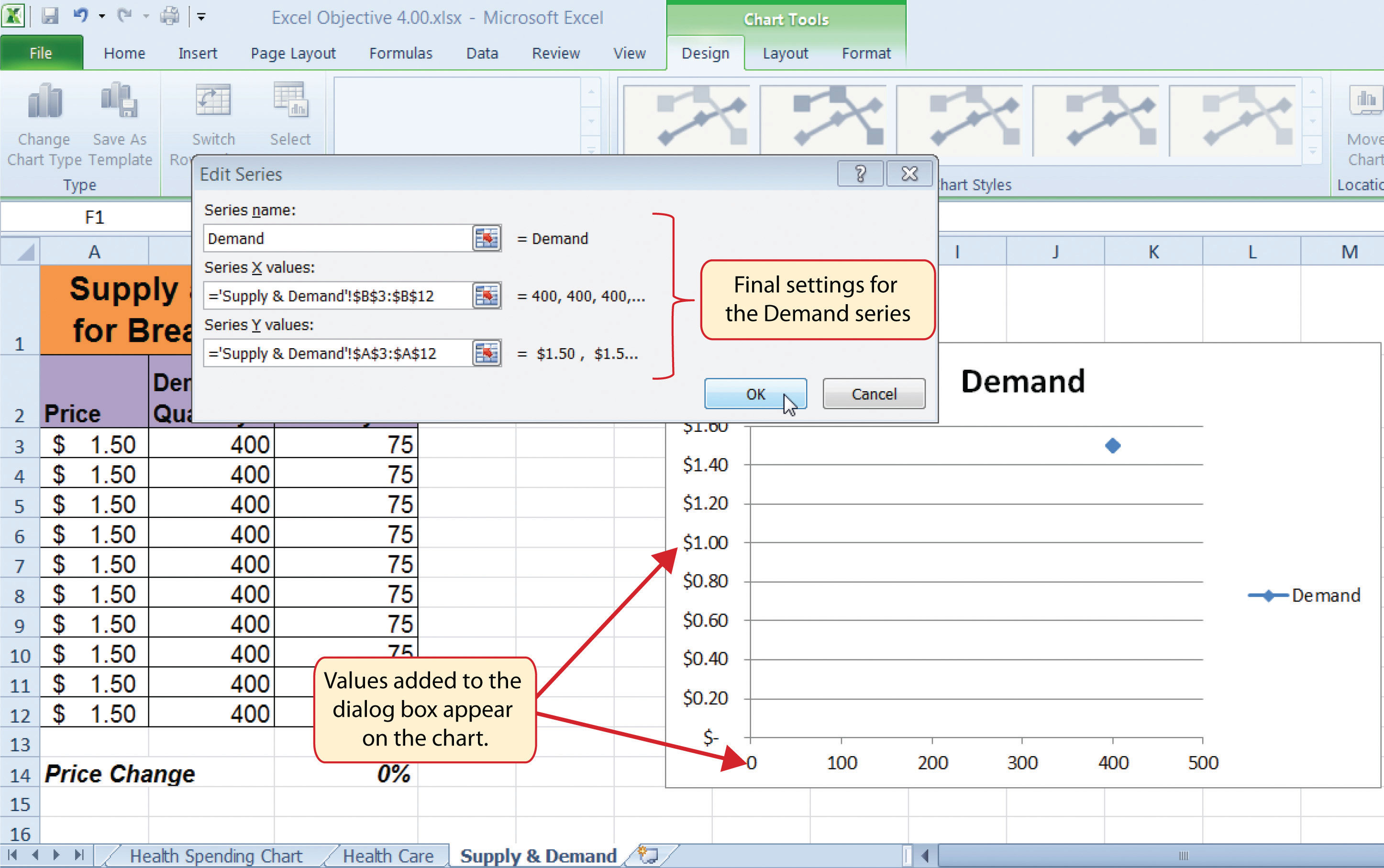



The Scatter Chart




Column Chart That Displays Percentage Change Or Variance Excel Campus
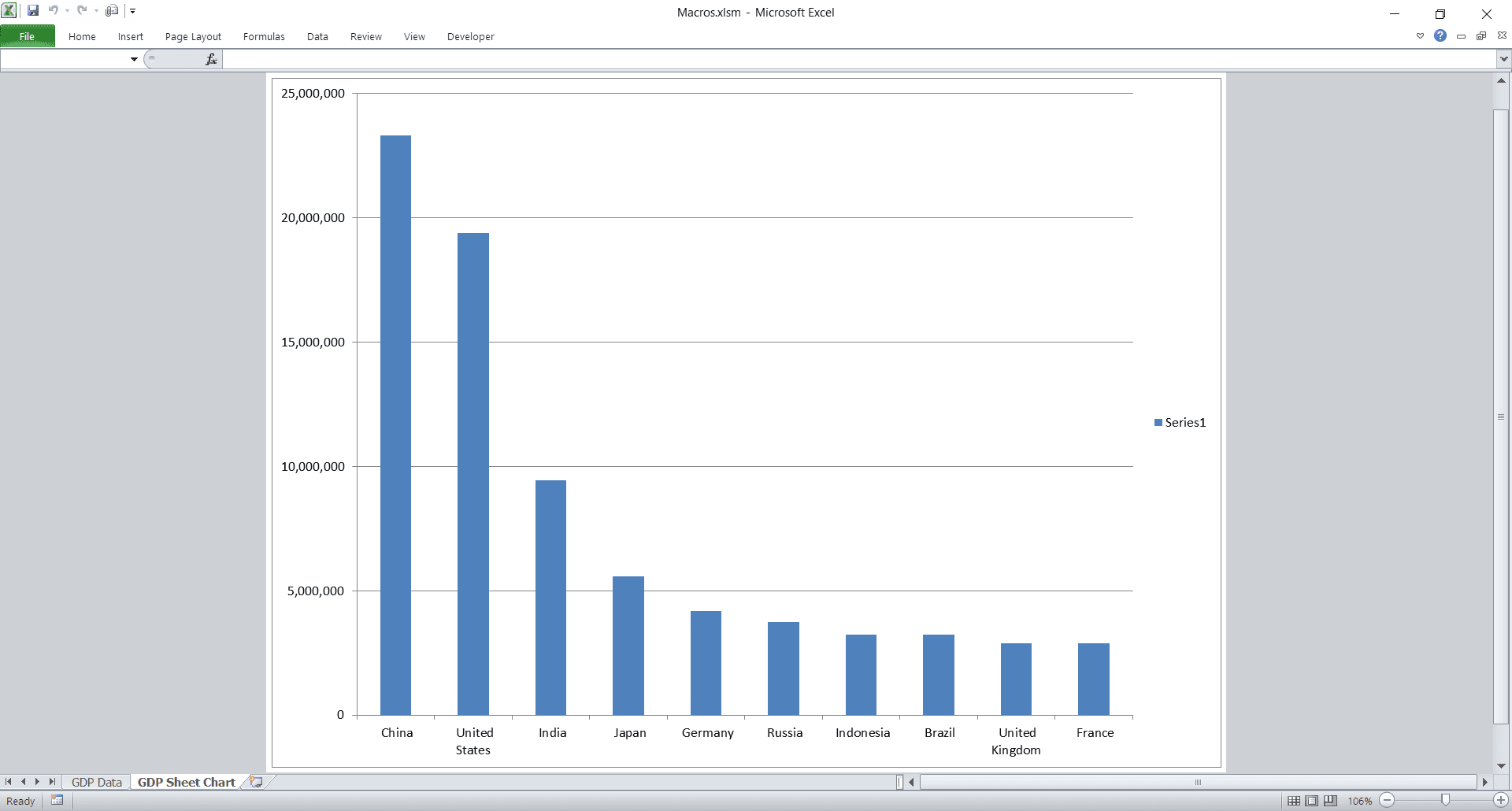



8nxlfgmcp Yoqm




Creating Advanced Excel Charts Step By Step Tutorial



1
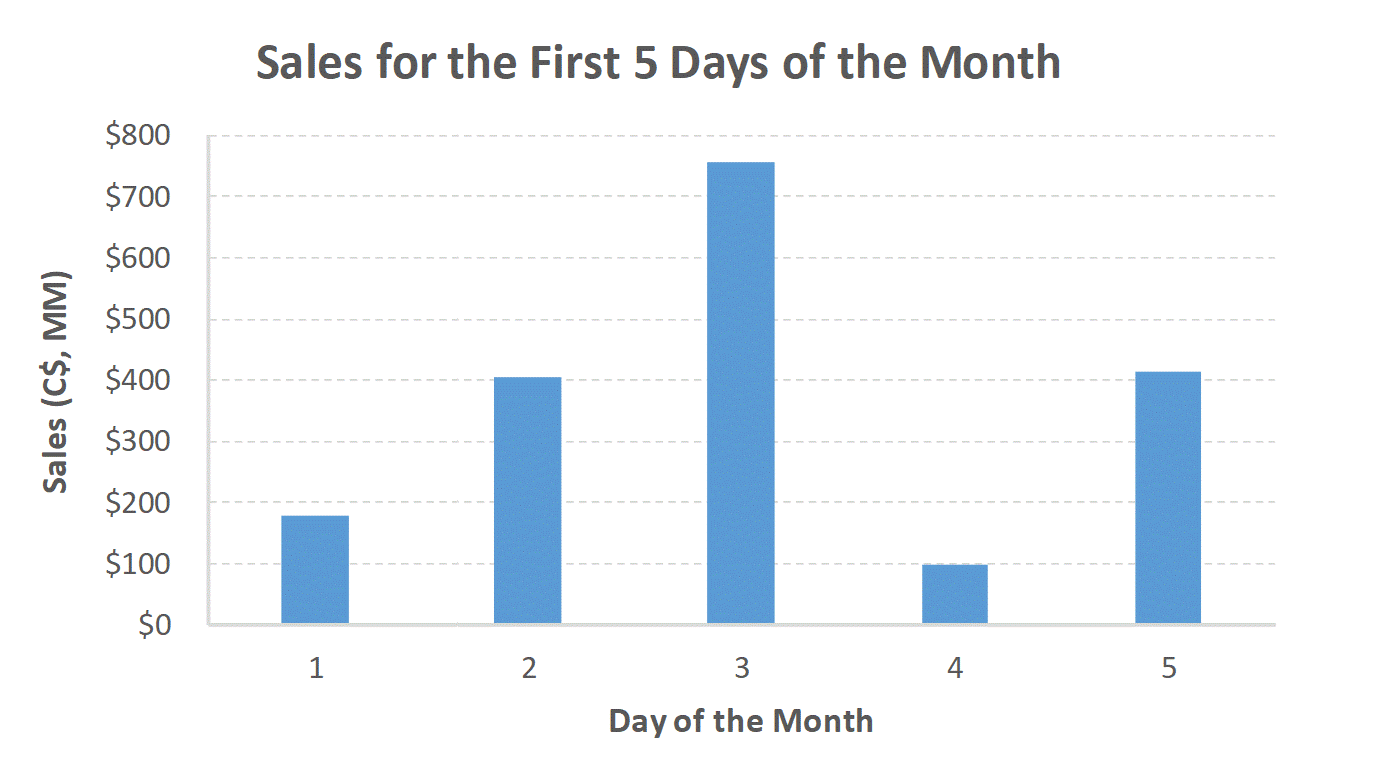



Top 5 Time Saving Tips To Automate Excel Charts The Marquee Group
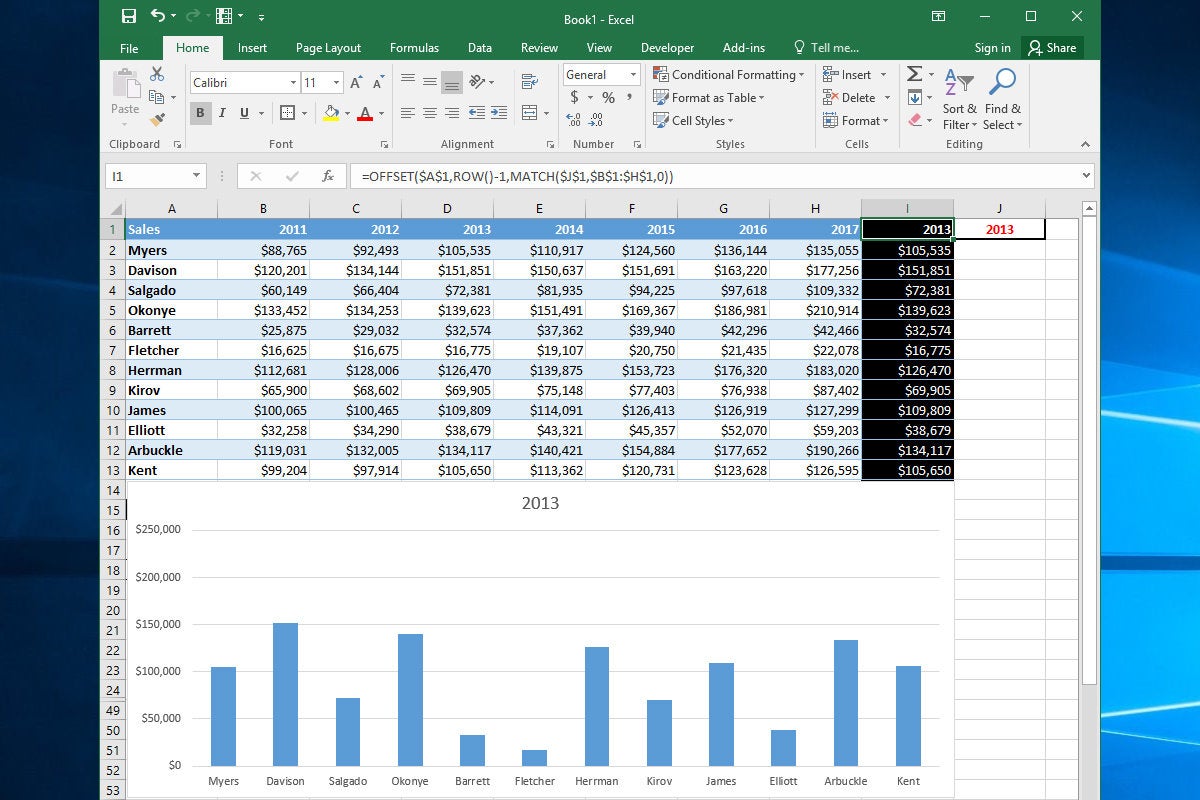



10 Spiffy New Ways To Show Data With Excel Computerworld



1
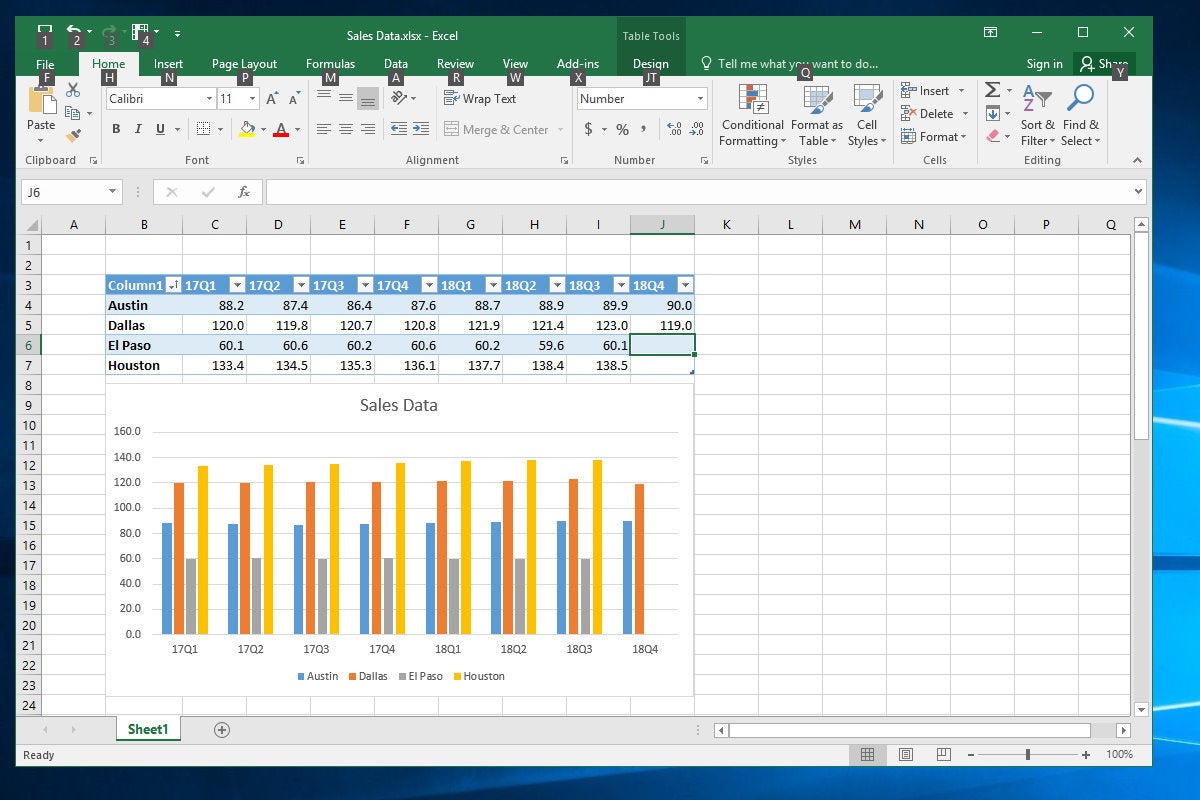



10 Spiffy New Ways To Show Data With Excel Computerworld
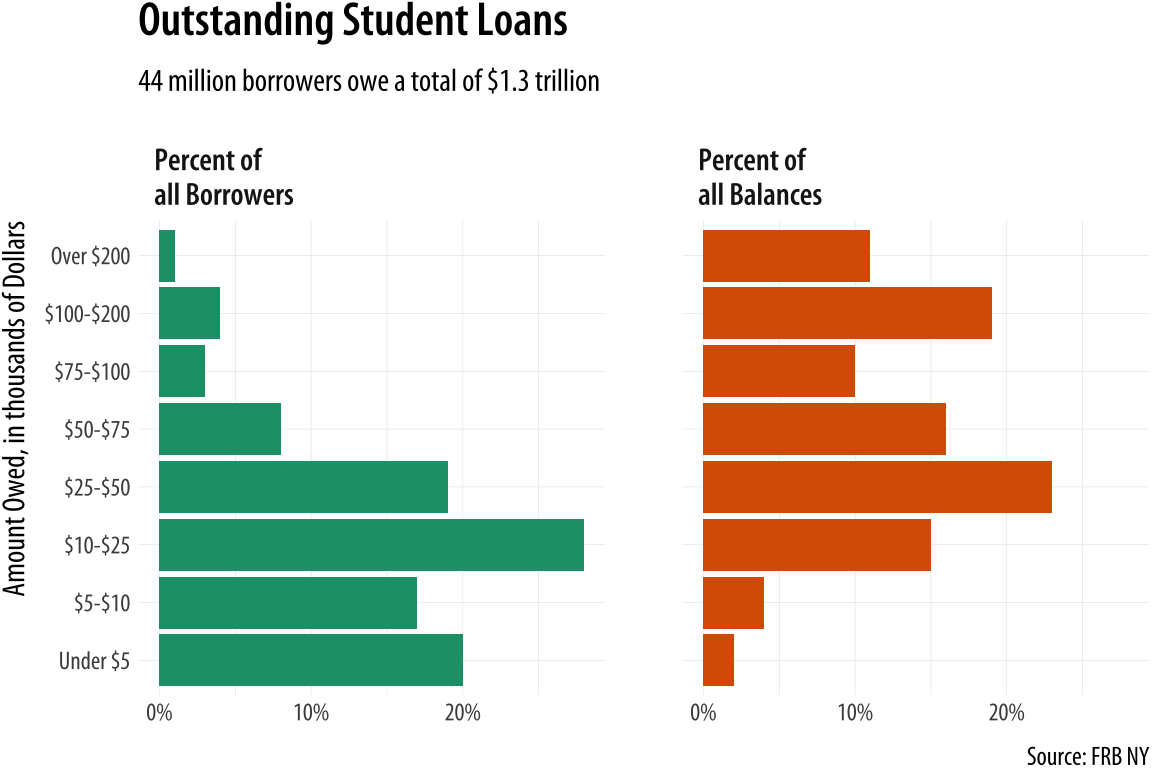



Data Visualization
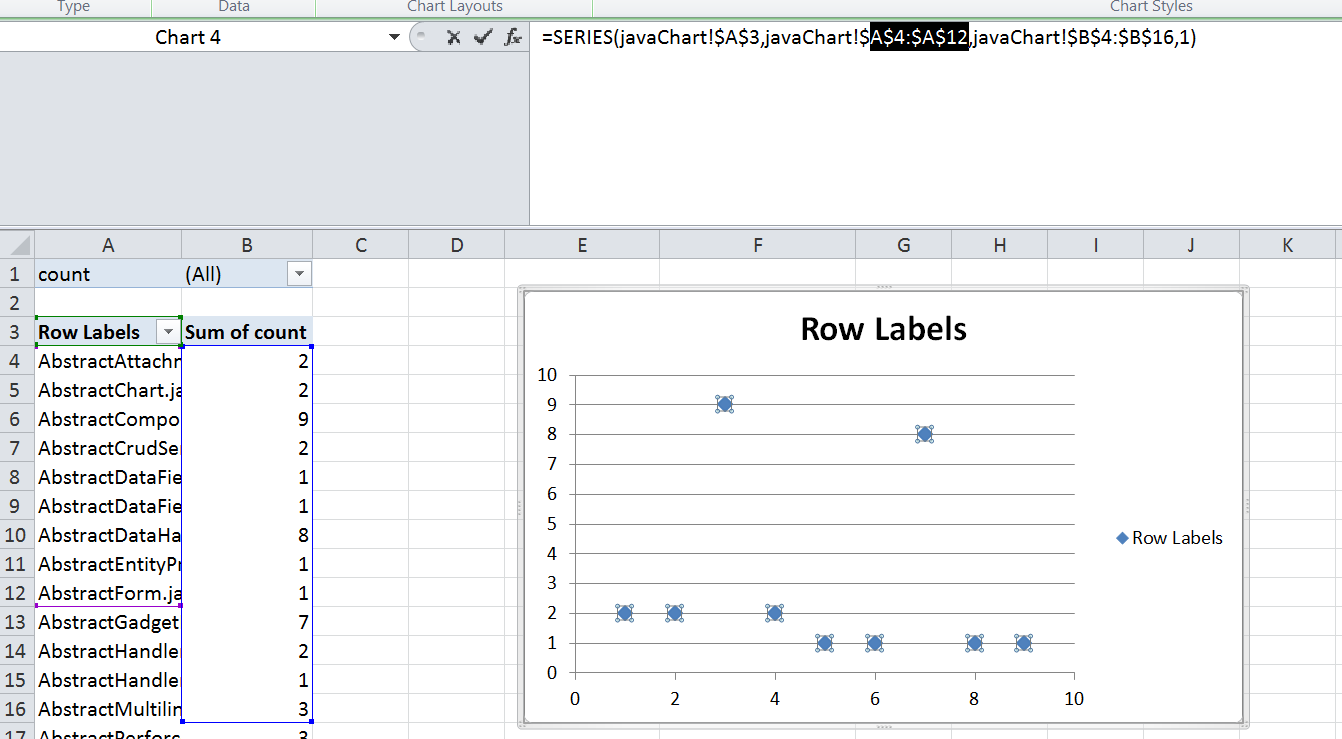



Perfspy Create A Scatter Chart From A Pivot Table
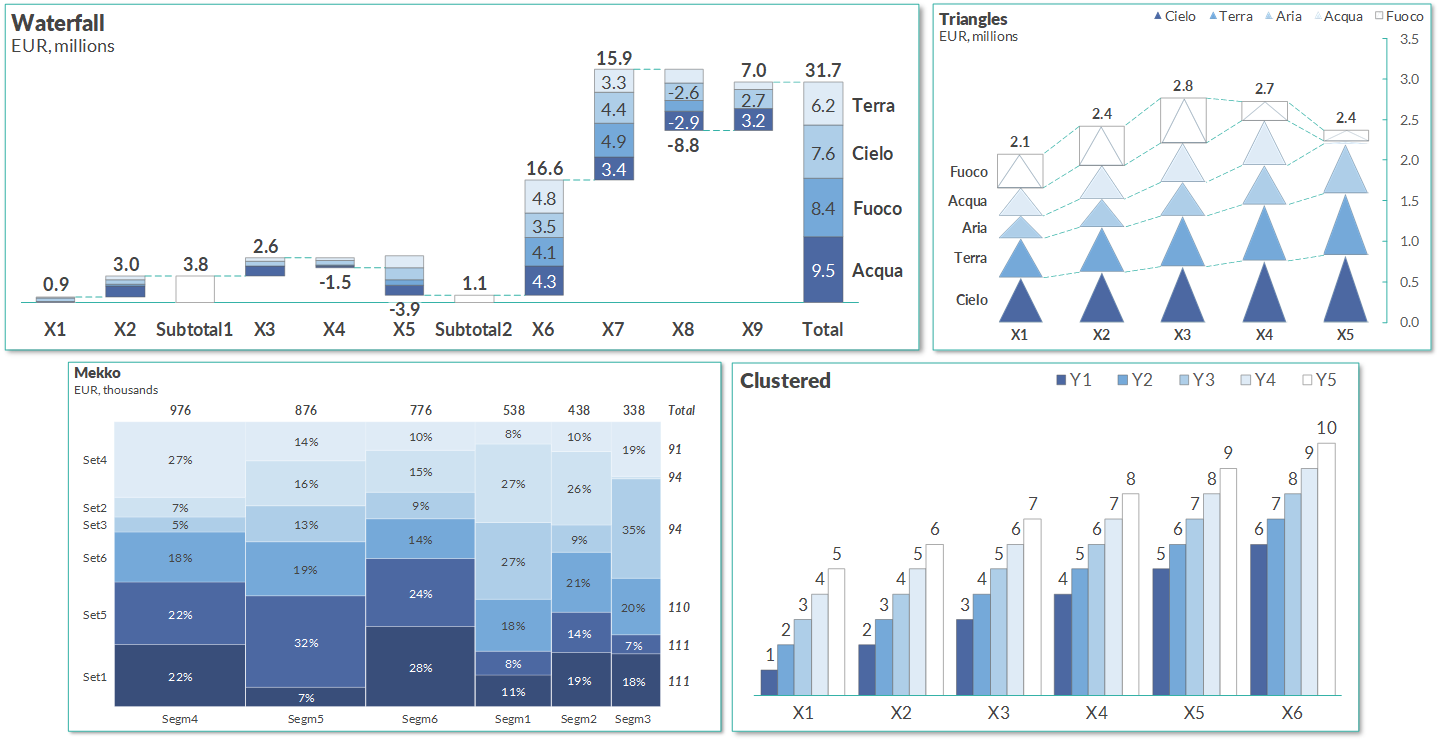



Business Charts In Excel An Example Of The Big Data We Deserve By Fabrizio Fantini Towards Data Science
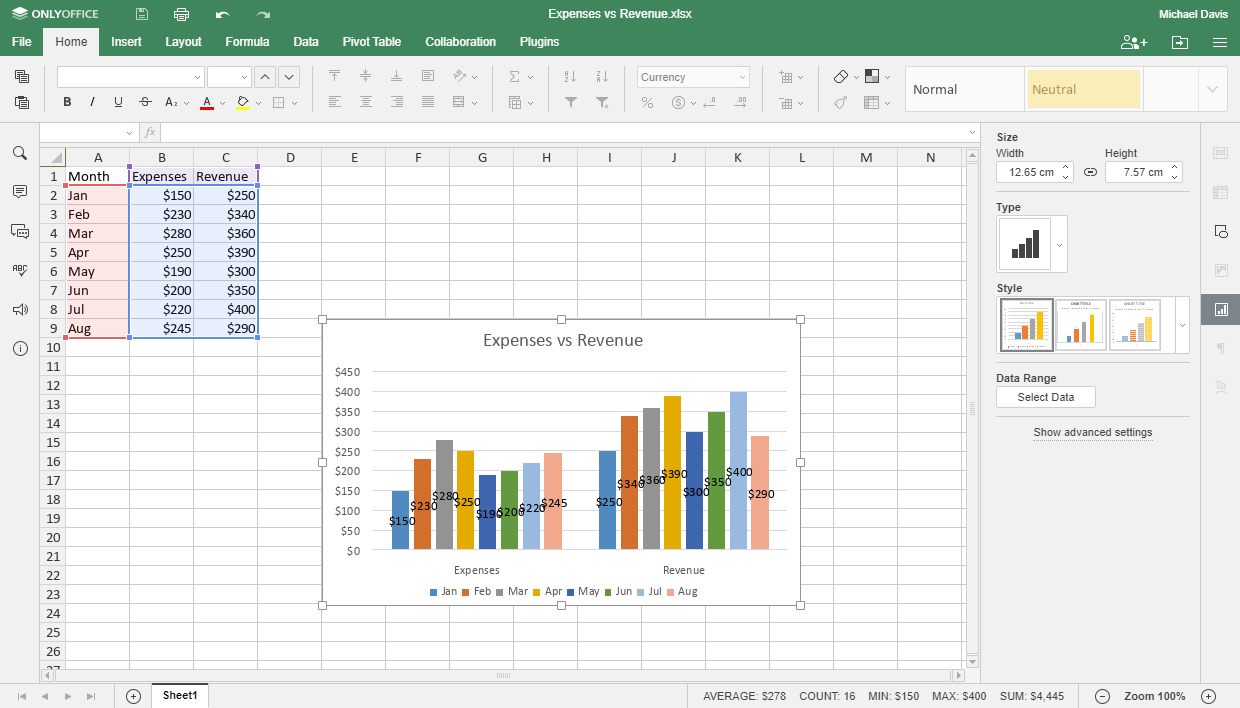



Creating A Chart From Start To Finish Onlyoffice
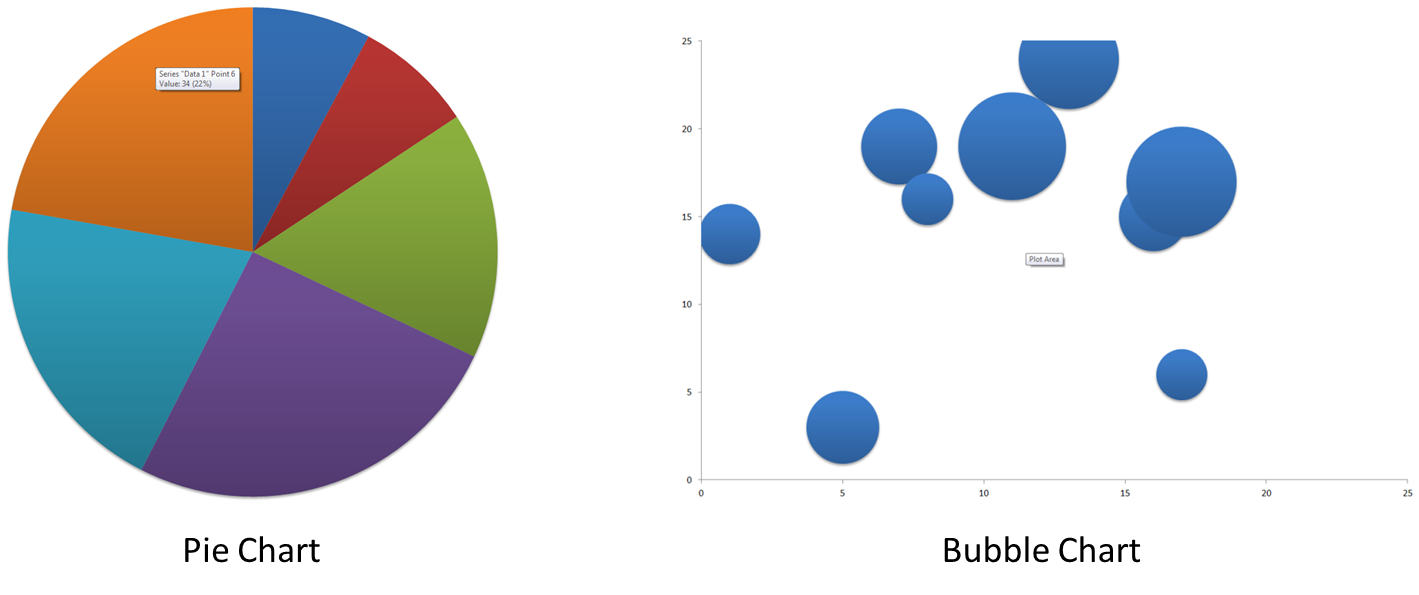



Create A Bubble Pie Chart Or World Map Pie Chart Using Vba And Excel Charts User Friendly
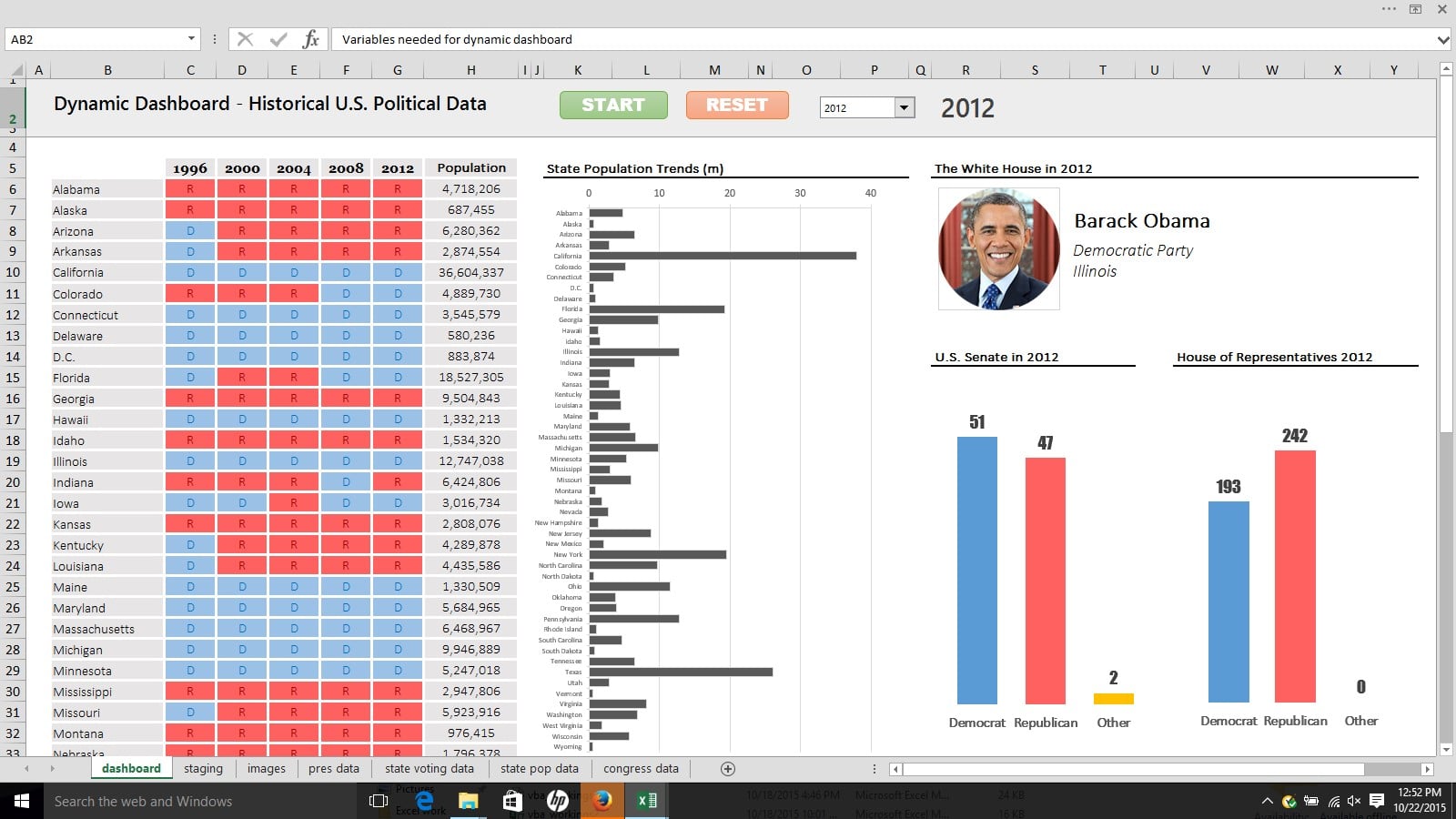



Excel Tutorial Building A Dynamic Animated Dashboard For U S Political Data
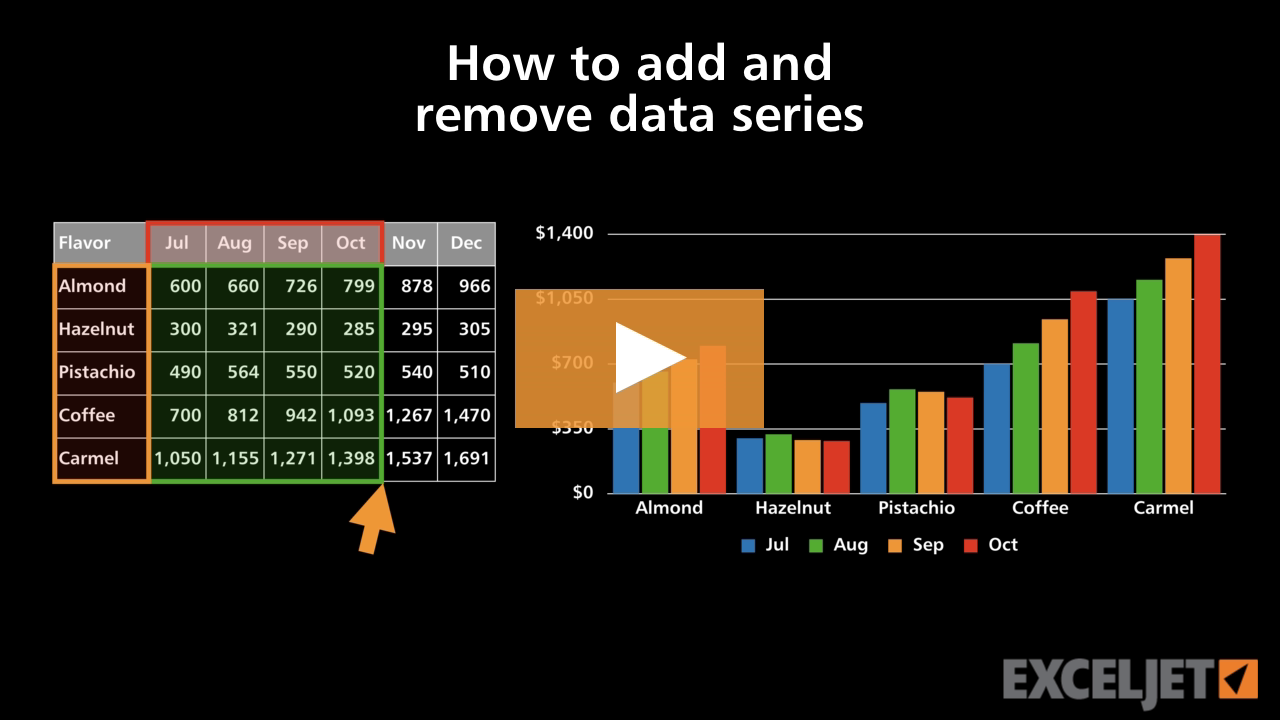



Excel Tutorial How To Add And Remove Data Series
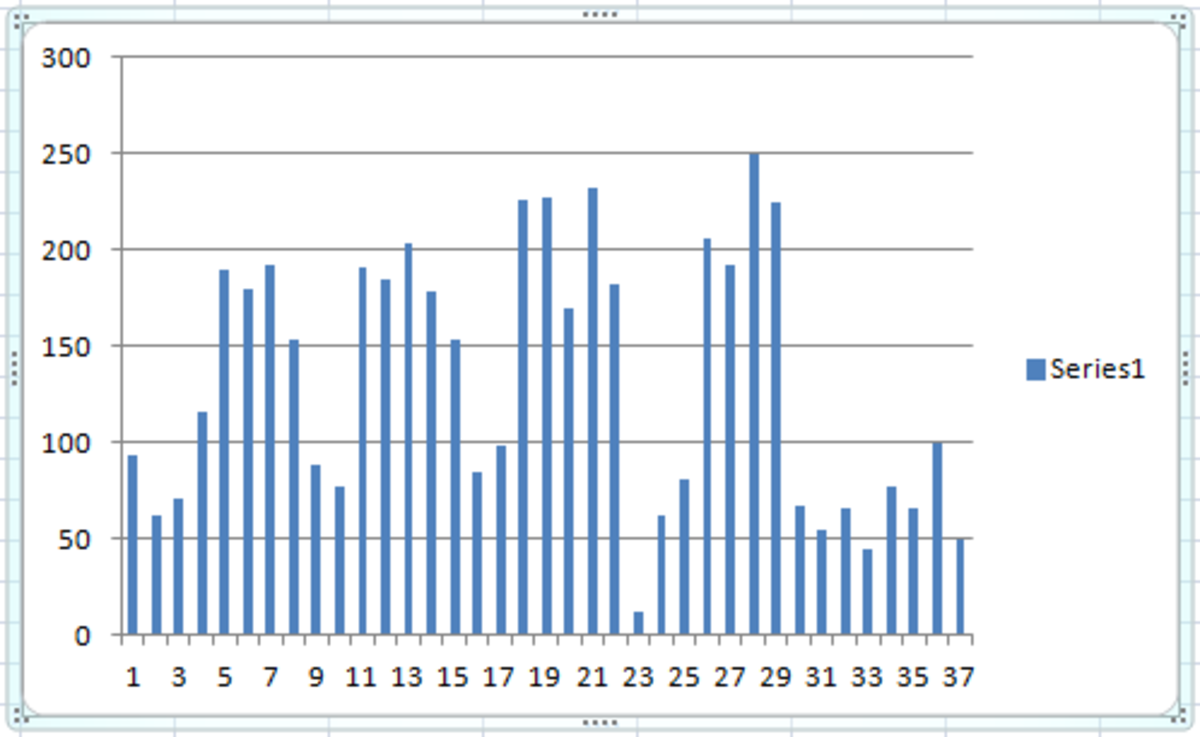



Creating Dynamic Charts Using The Offset Function And Named Ranges In Excel 07 And 10 Turbofuture
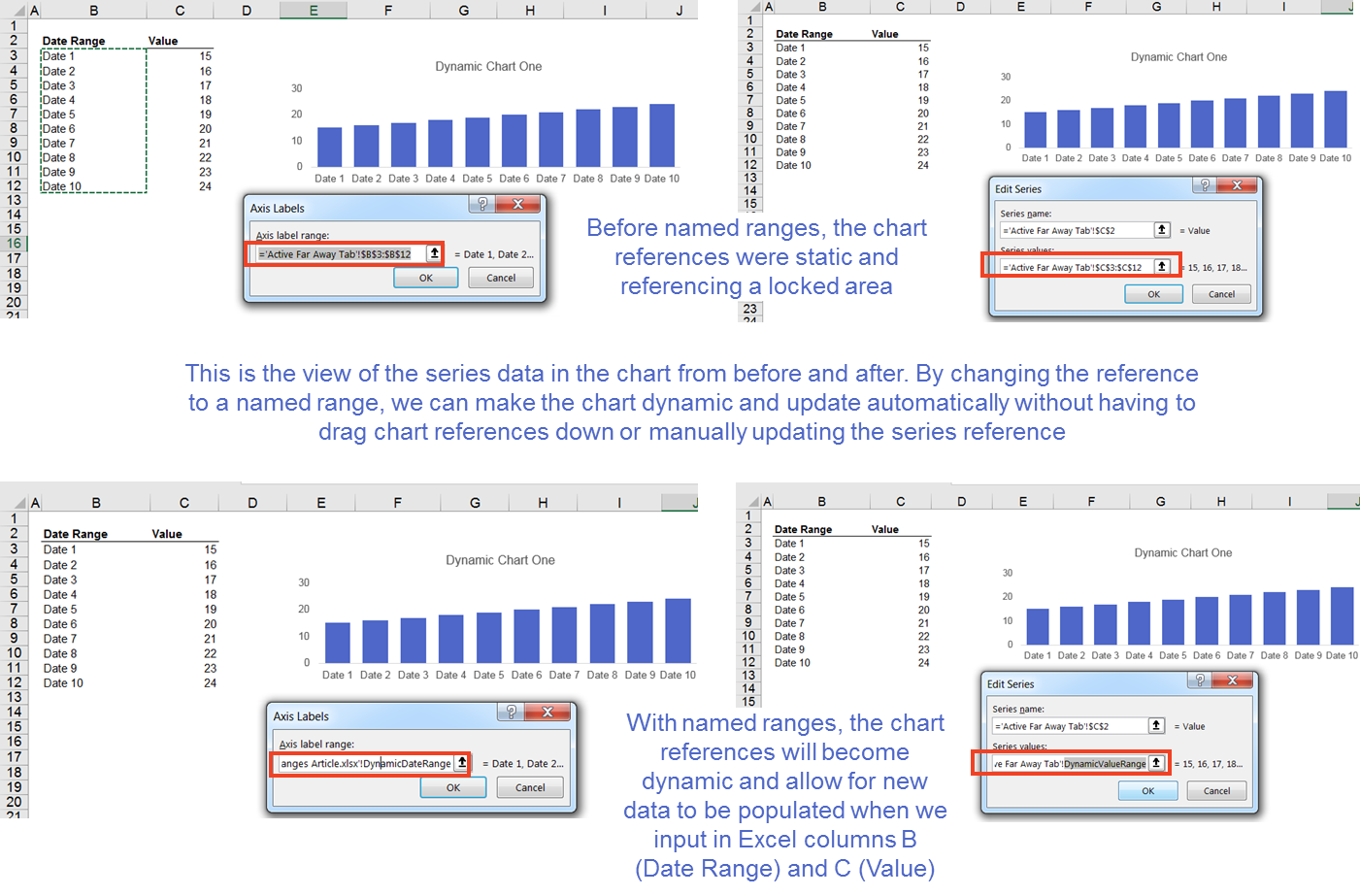



Excel Named Ranges The Good And The Really Ugly By Ramin Zacharia Medium
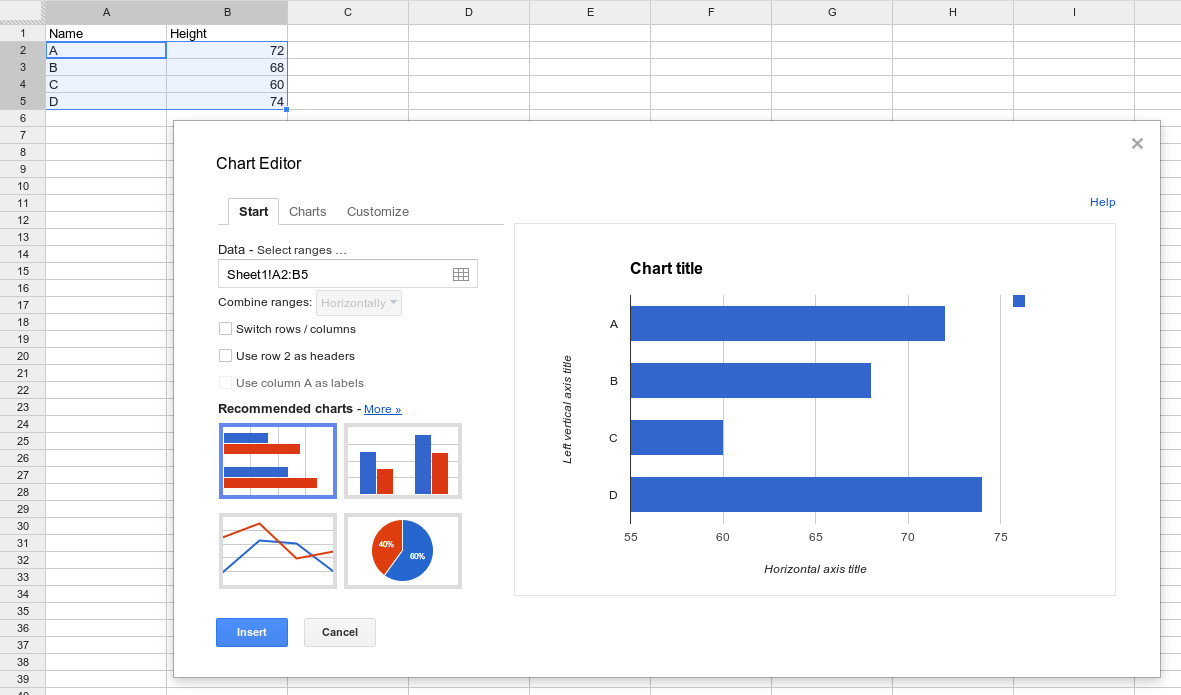



Google Spreadsheets Charts Google Developers




Creating Dynamic Charts Using The Offset Function And Named Ranges In Excel 07 And 10 Turbofuture




Excel Formulas To Get The Address Of Named Range Simple Tutorial




Qlik Sense Npritning Date Format And Sequencing Qlik Community




Column Chart That Displays Percentage Change Or Variance Excel Campus




Eaf 21 Excel Mac 11 Dynamic Named Ranges That Expand And Contract Youtube
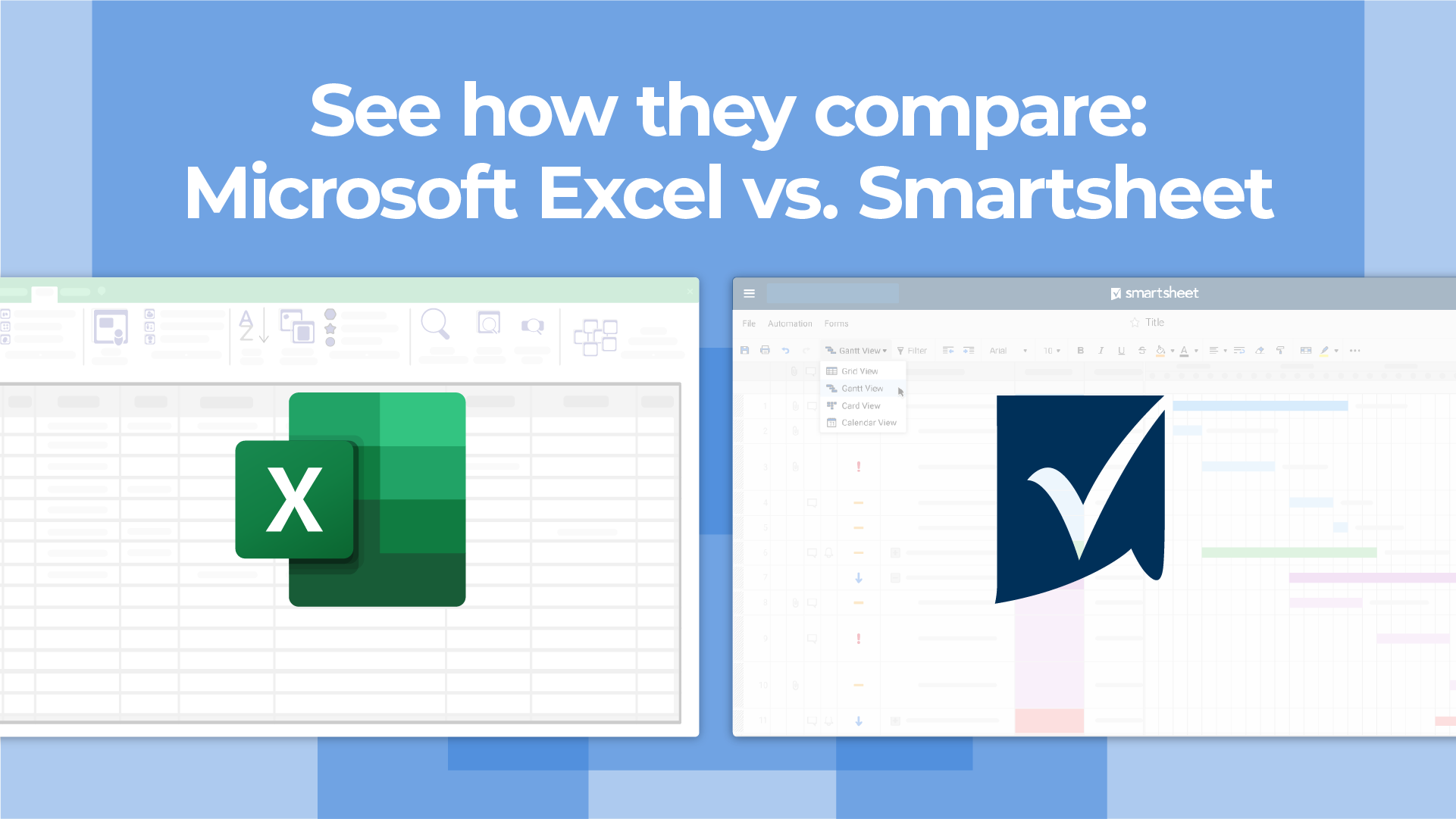



How To Create A Dashboard In Excel




Creating Dynamic Charts Using The Offset Function And Named Ranges In Excel 07 And 10 Turbofuture




How To Add Custom Labels That Dynamically Change In Excel Charts Excel Dashboard Templates




Excel Dynamic Chart Range Based On Cell Drop Down Value For Dashboards Youtube
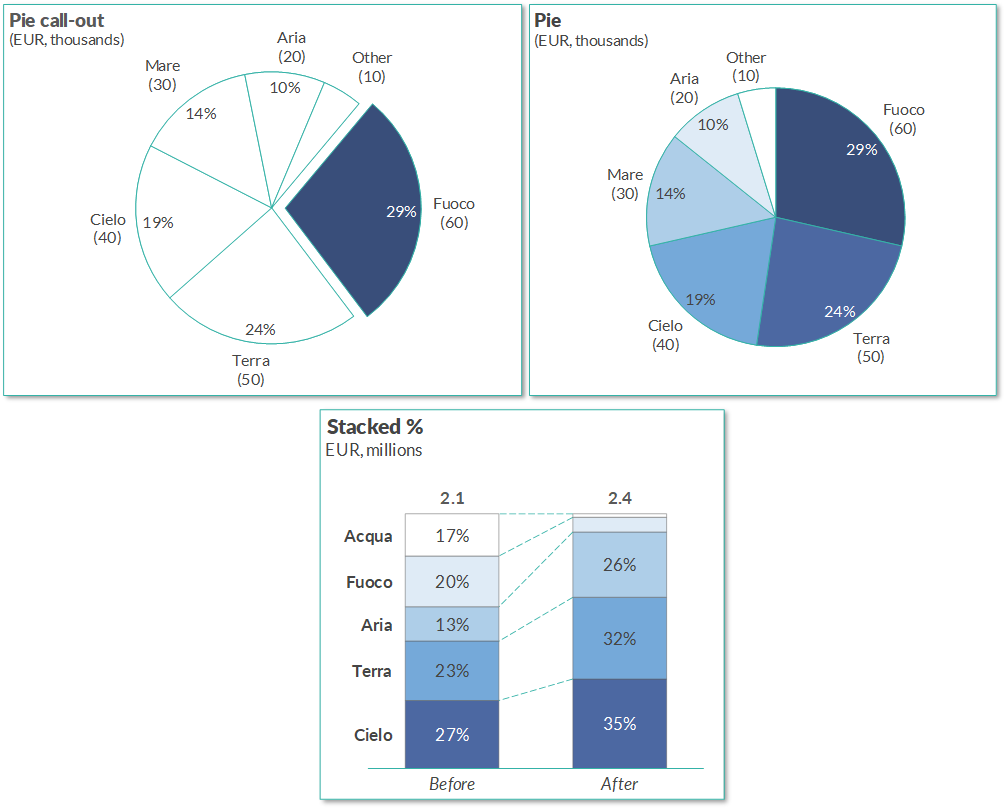



Business Charts In Excel An Example Of The Big Data We Deserve By Fabrizio Fantini Towards Data Science




Column Chart Options



10 Spiffy New Ways To Show Data With Excel Computerworld




Change Data Range In A Chart Using Vba Stack Overflow
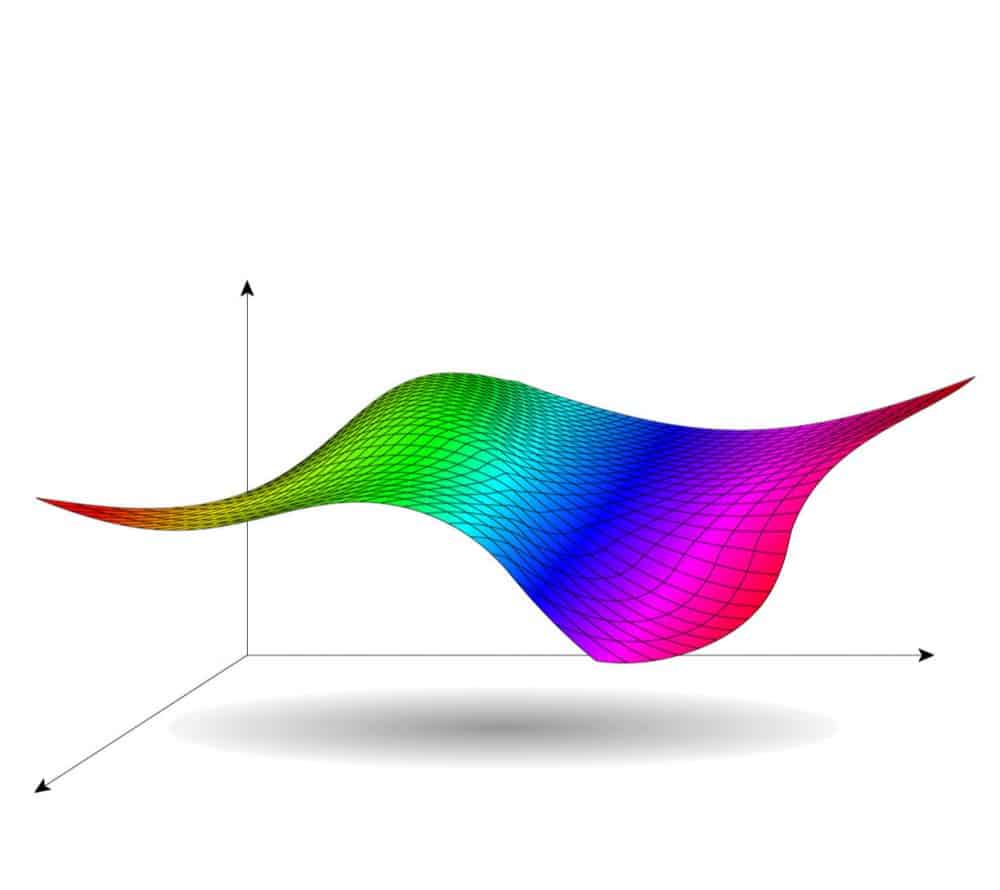



Surface Chart In Excel




Creating Advanced Excel Charts Step By Step Tutorial
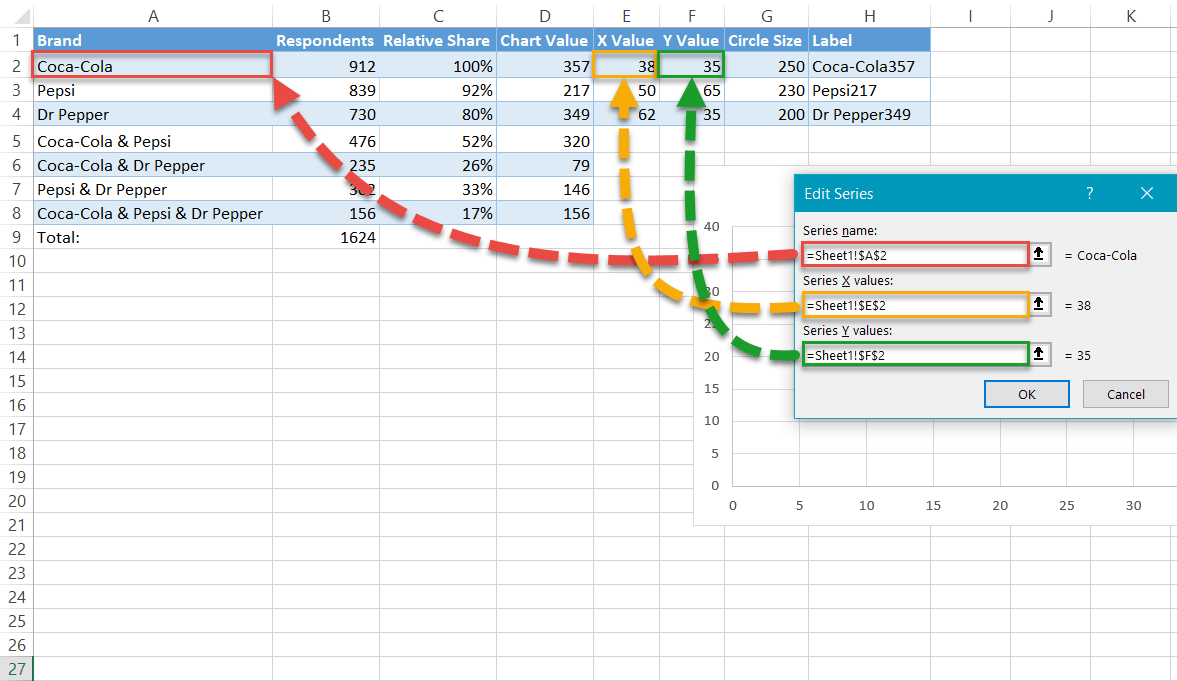



How To Create Venn Diagram In Excel Free Template Download Automate Excel
/dotdash_Final_OHLC_Chart_Jun_2020-01-433fcf5281e64bfb8e72e2bfedd16757.jpg)



Ohlc Chart Definition And Uses




How To Create A Bell Curve Chart Template In Excel
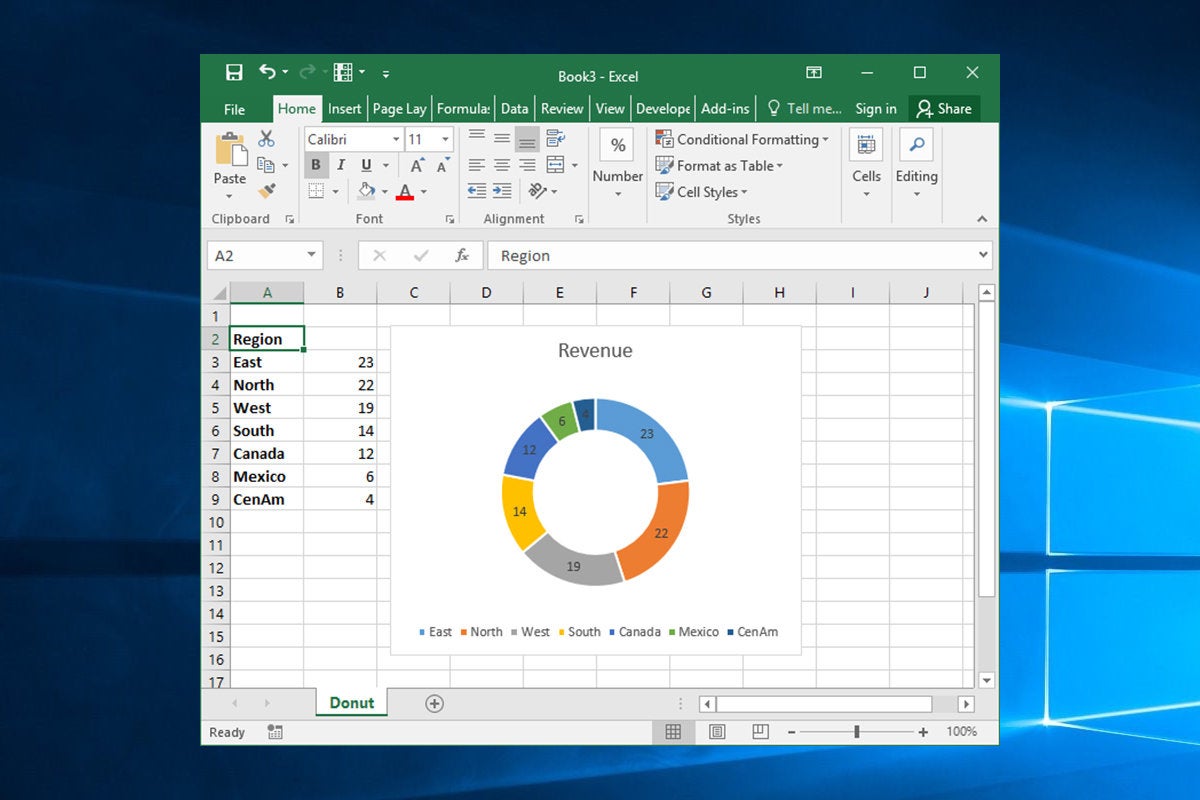



10 Spiffy New Ways To Show Data With Excel Computerworld
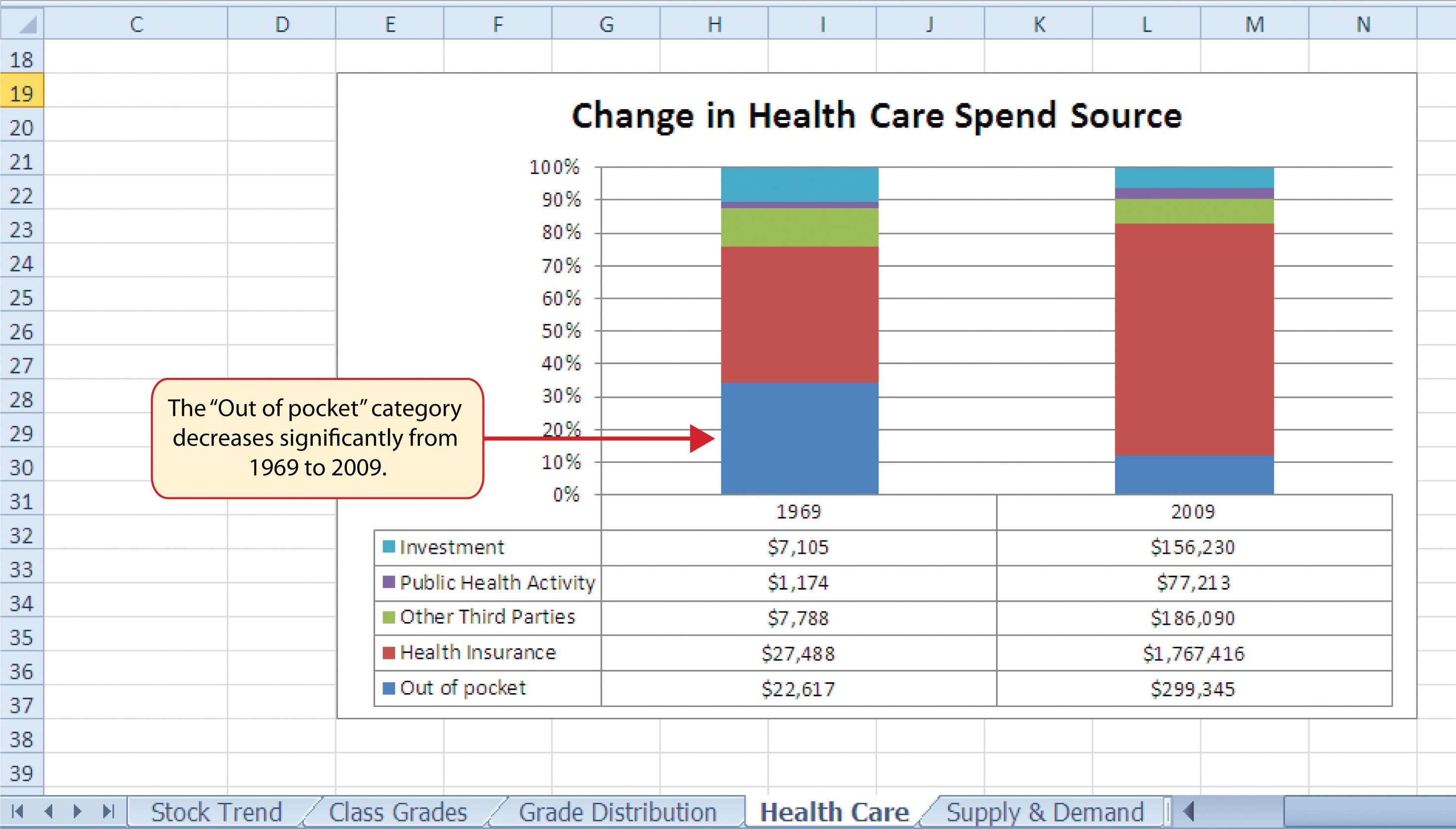



Presenting Data With Charts




How To Create A Dynamic Excel Pie Chart Using The Offset Function




Chart Name In Excel 16 Stack Overflow
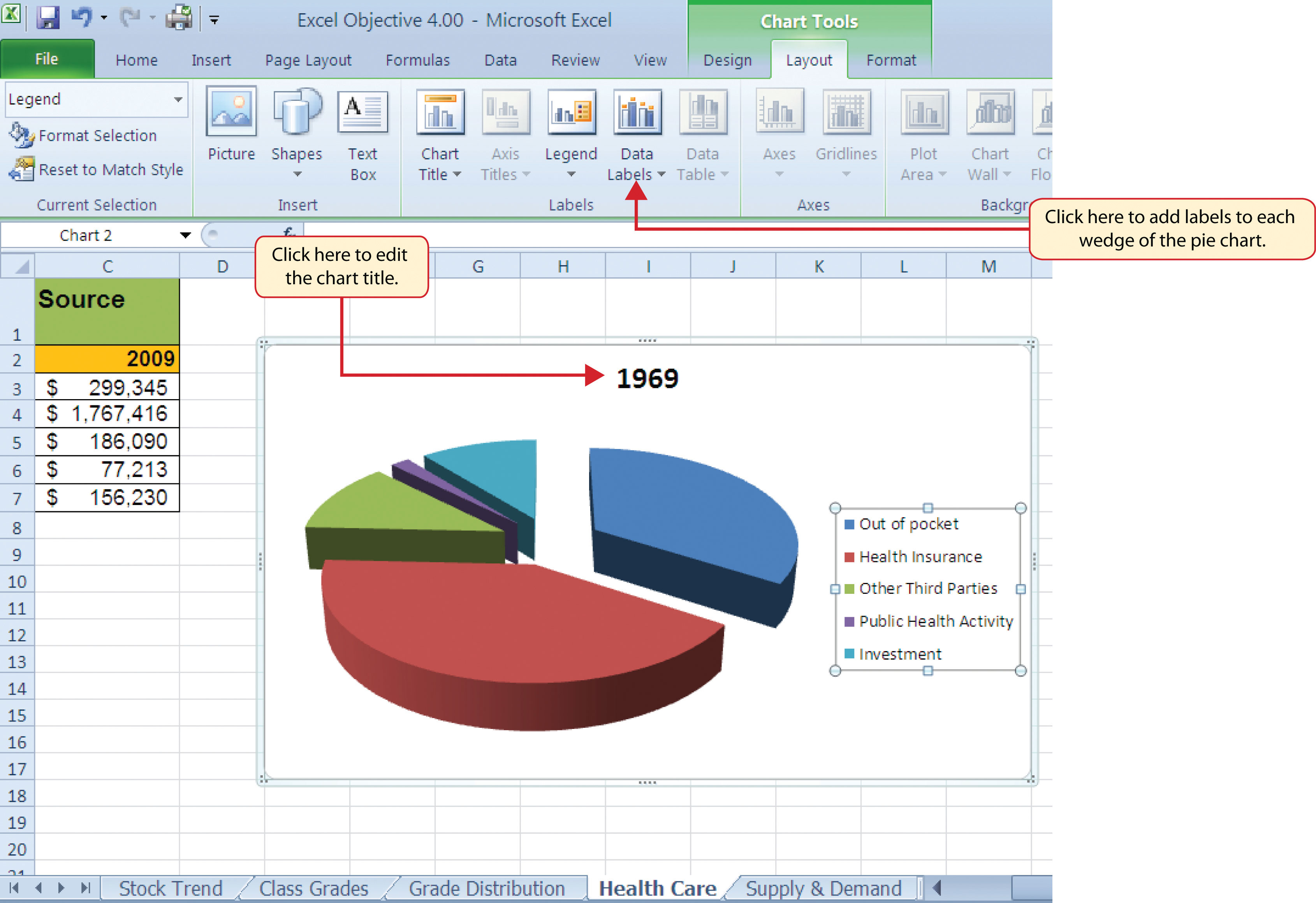



Presenting Data With Charts




Excel Data Visualization Designing Custom Visualizations Online Class Linkedin Learning Formerly Lynda Com




Creating Dynamic Charts Using The Offset Function And Named Ranges In Excel 07 And 10 Turbofuture




Area Chart Options




Excel Chart Series Column Has Data But Dialog Box Shows Zeros Super User




Create A Named Range In Excel Myexcelonline Excel Formula Microsoft Excel Tutorial Excel Tutorials




Show Only Selected Data Points In An Excel Chart Excel Dashboard Templates
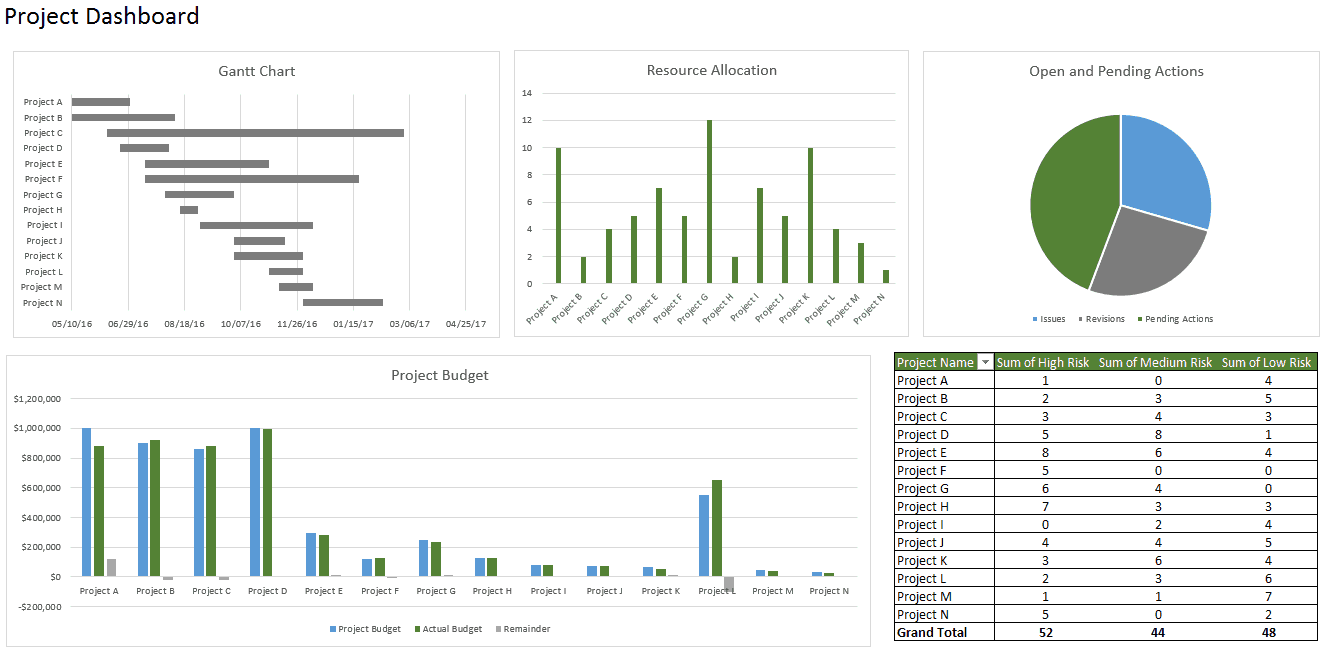



How To Create A Dashboard In Excel
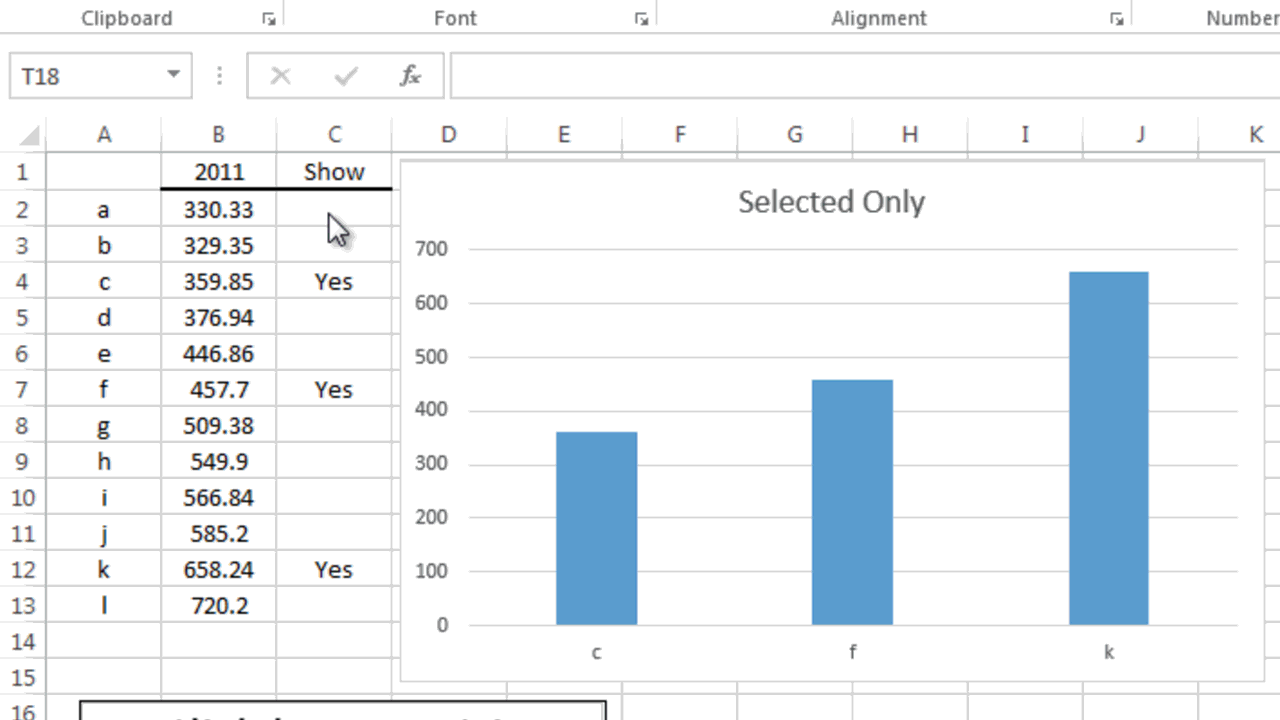



Show Only Selected Data Points In An Excel Chart Excel Dashboard Templates




Creating A Chart From Start To Finish Onlyoffice
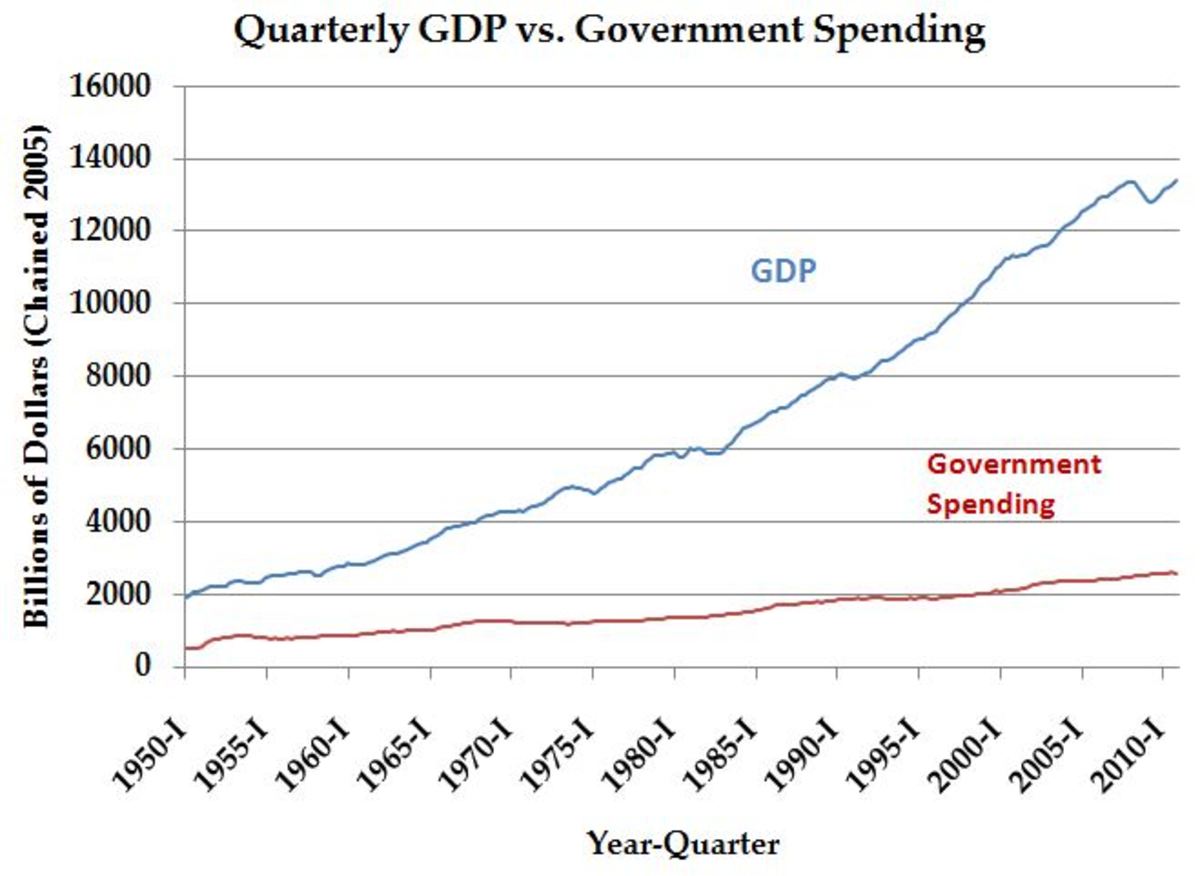



How To Graph And Label Time Series Data In Excel Turbofuture




Dynamically Label Excel Chart Series Lines My Online Training Hub




Creating Dynamic Charts Using The Offset Function And Named Ranges In Excel 07 And 10 Turbofuture
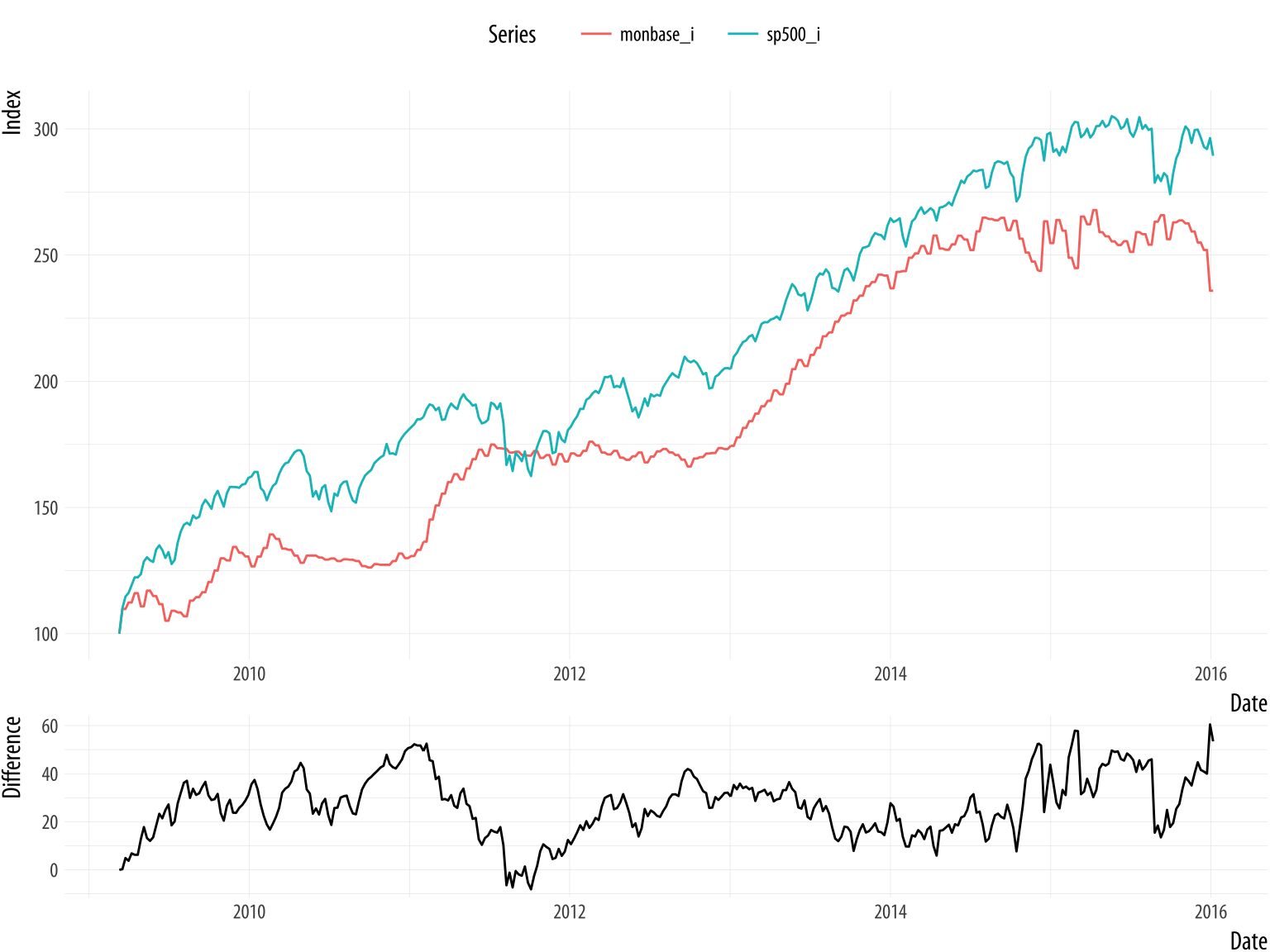



Data Visualization




Excel Tutorial How To Customize Axis Labels



1
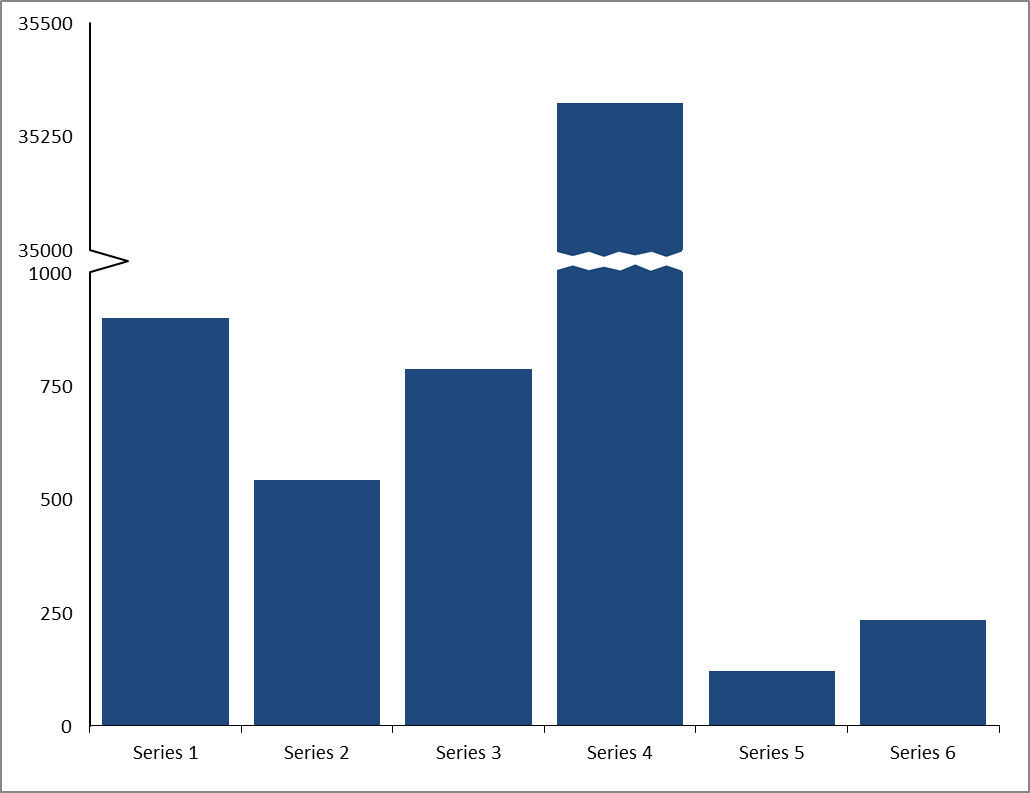



Broken Column And Bar Charts User Friendly
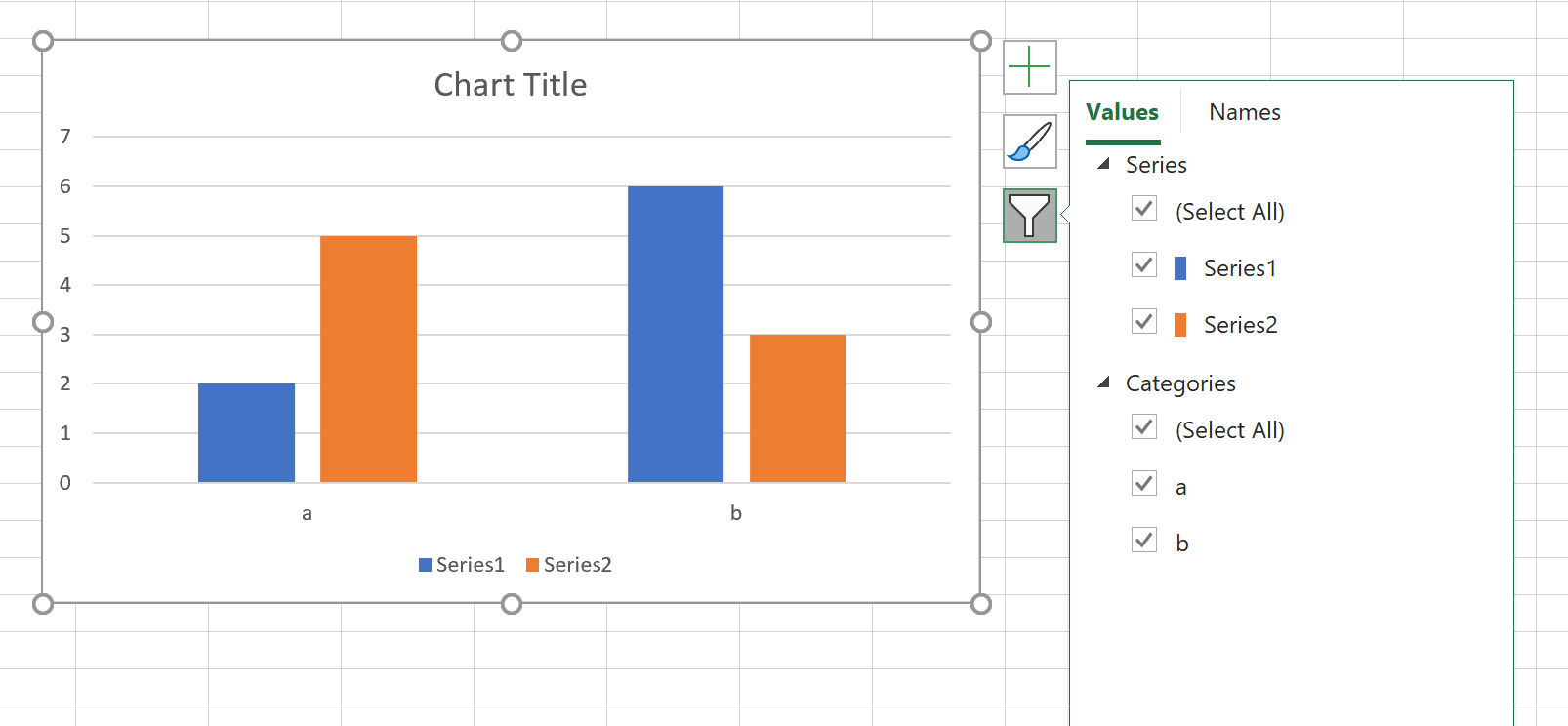



Chart Funnel Filter Missing In Excel For Mac Microsoft Community
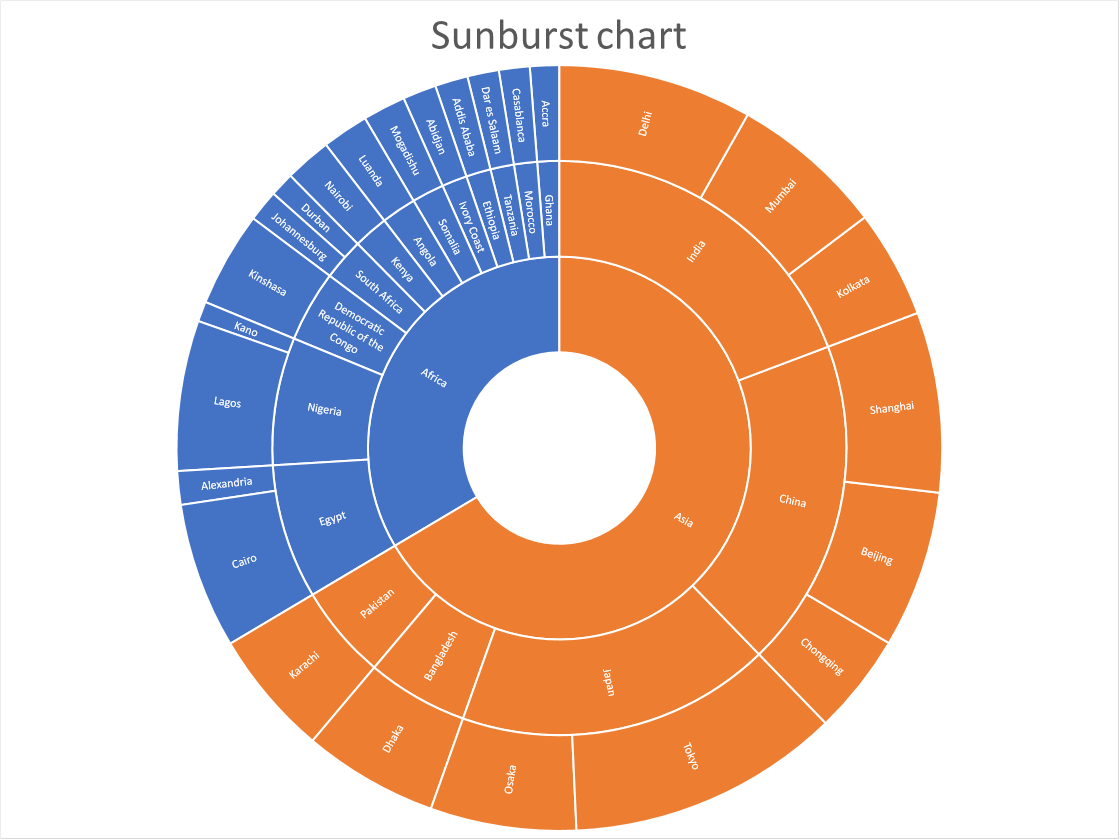



How To Create A Sunburst Chart
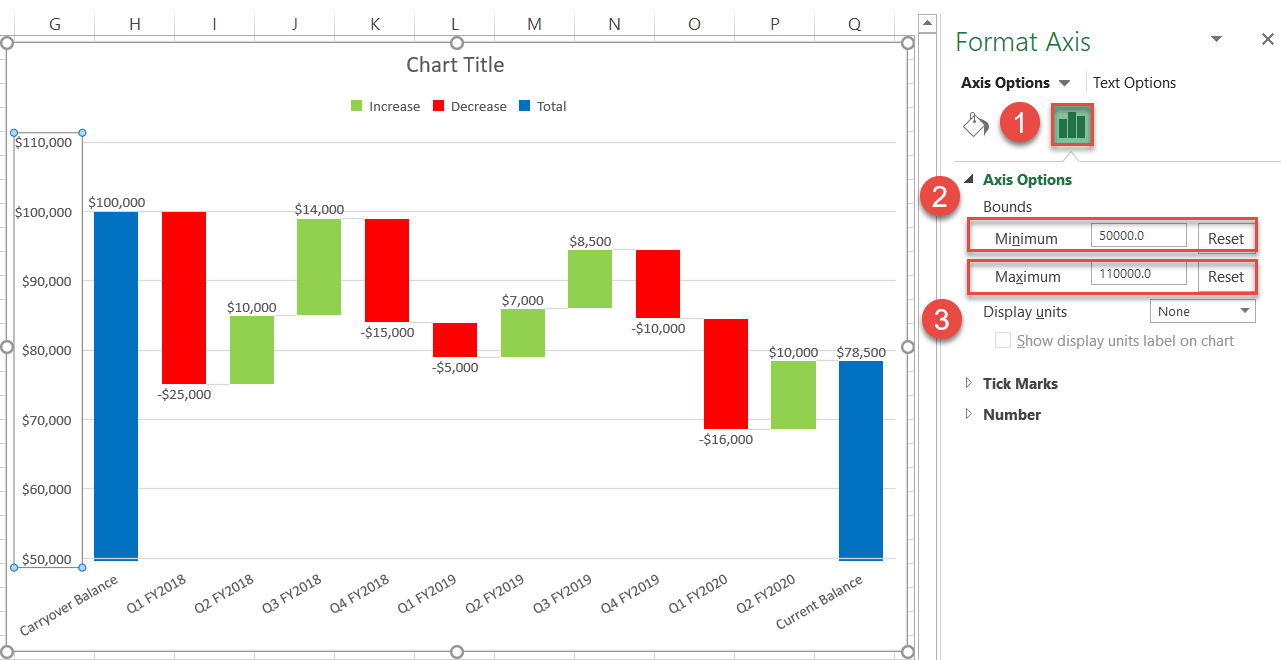



How To Create A Waterfall Chart In Excel Automate Excel
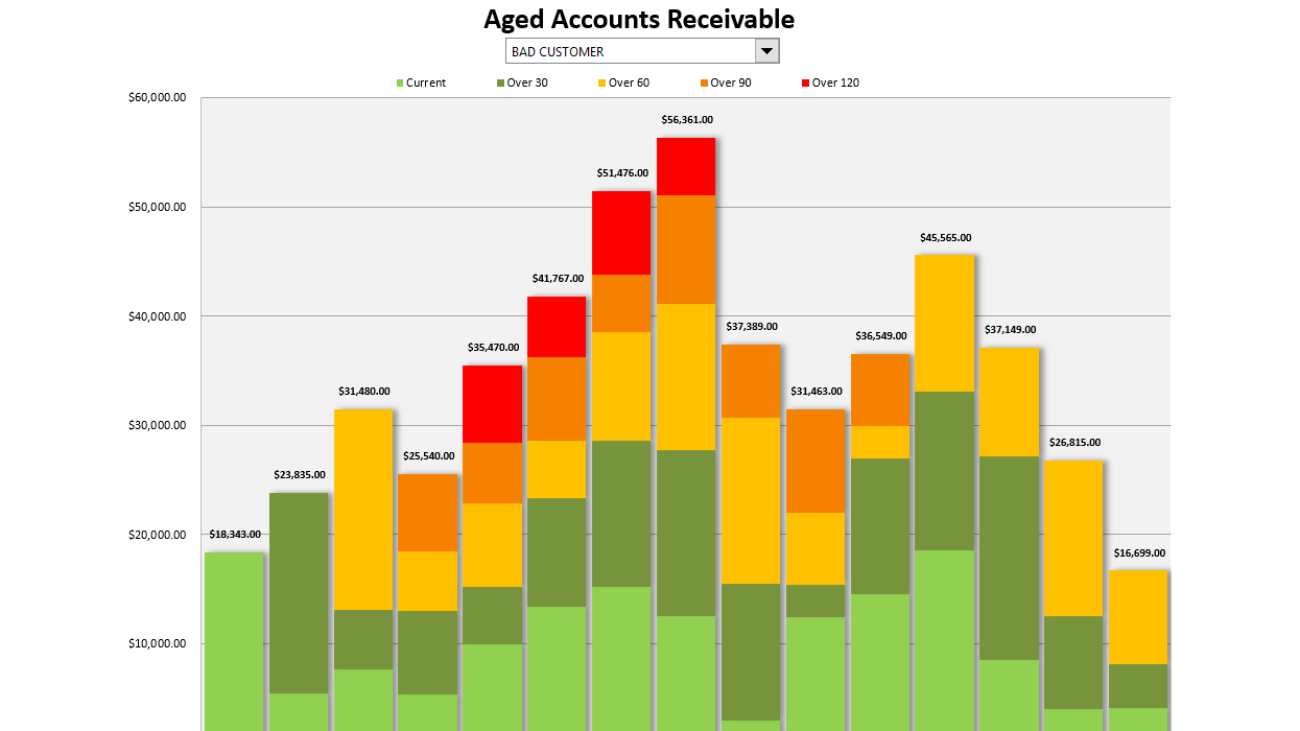



Aged Accounts Receivable Chart Howtoexcel Net




Ms Excel 16 How To Create A Line Chart
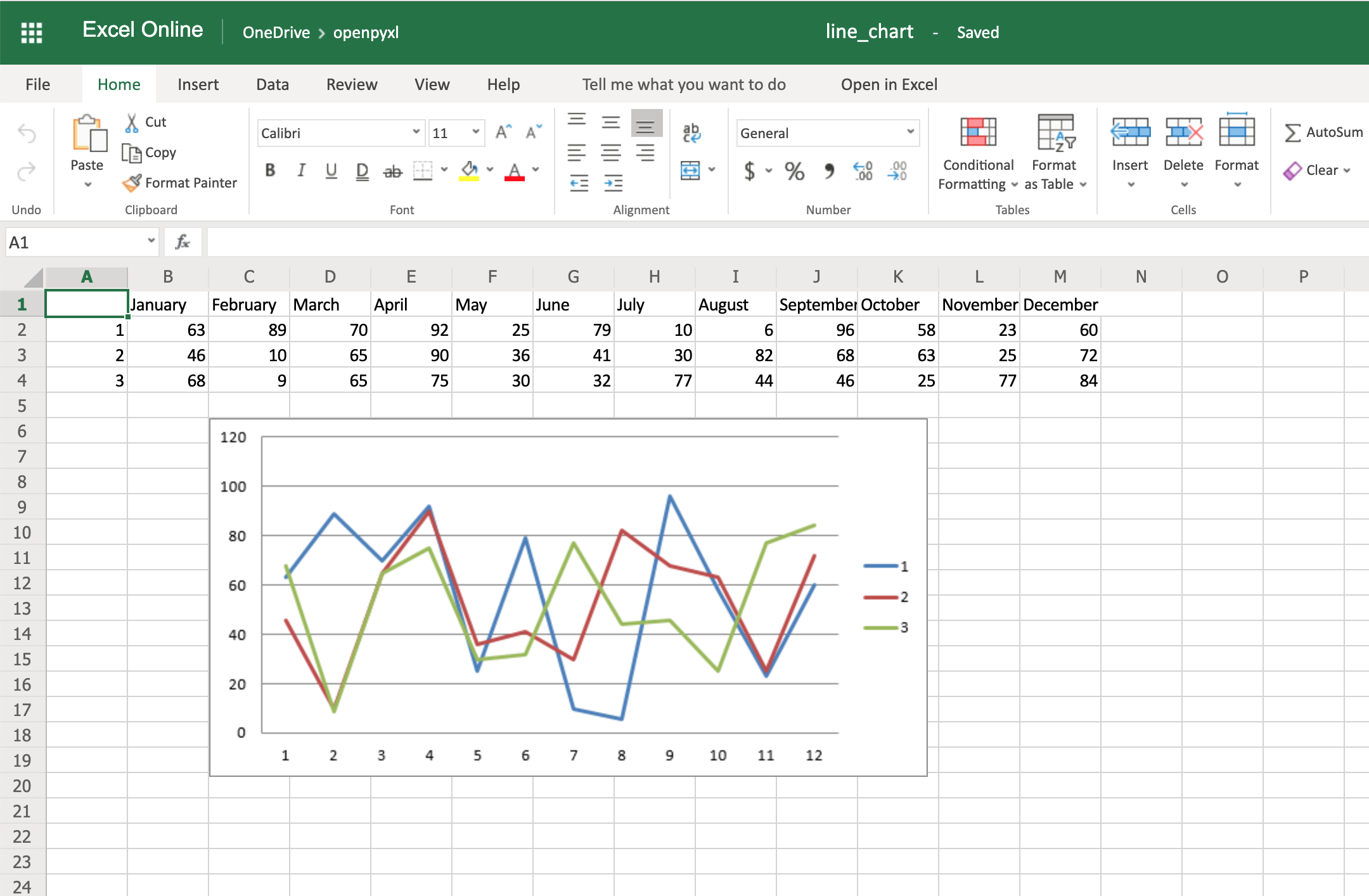



A Guide To Excel Spreadsheets In Python With Openpyxl Real Python
:max_bytes(150000):strip_icc()/NamedRangeNameManager-5c192805c9e77c0001a4b91c.jpg)



How To Define And Edit A Named Range In Excel




Find Errors In Pivots Charts Conditional Formats And Data Validation Online Excel Training Auditexcel Co Za




Column Chart That Displays Percentage Change Or Variance Excel Campus




How To Create Shaded Deviation Line Chart In Excel




Line Chart Options




Dynamic Histogram Or Frequency Distribution Chart Excel Campus
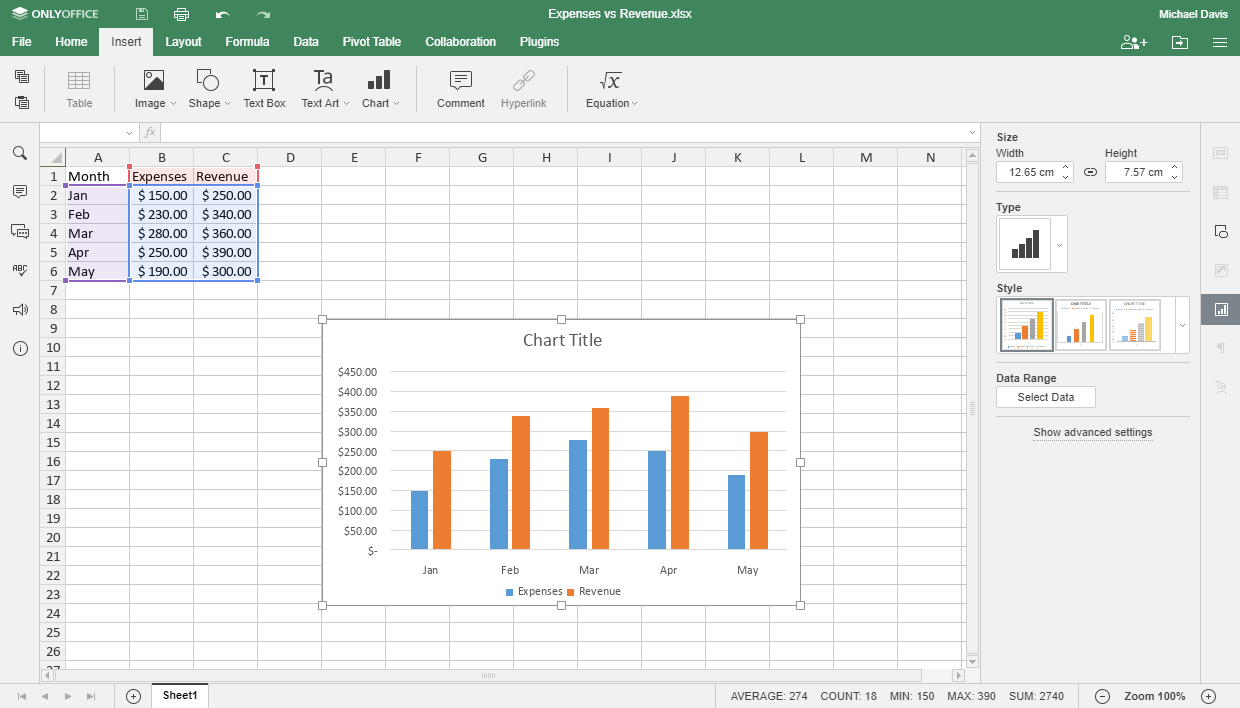



Creating A Chart From Start To Finish Onlyoffice




Interactive Chart With Indirect Function And Named Ranges Youtube
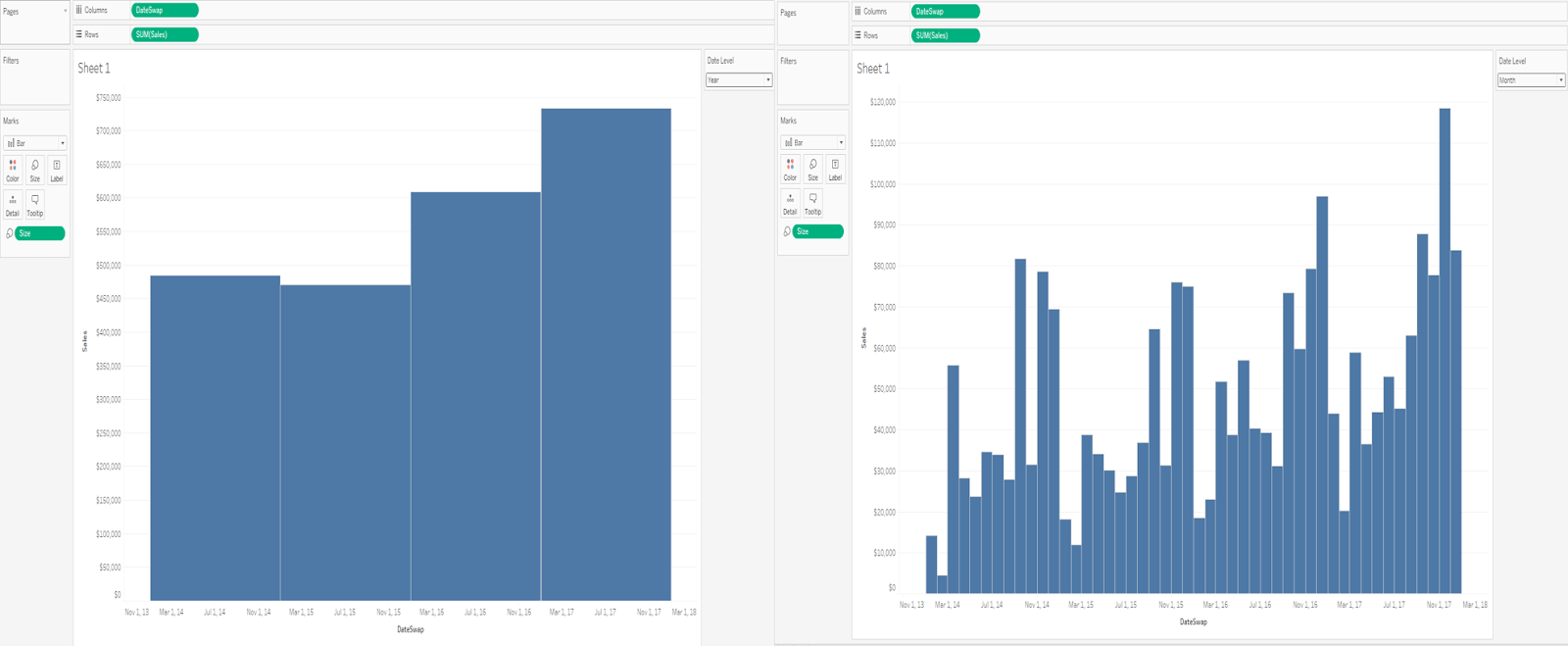



How To Make The Perfect Bar Chart Widths When Changing Date




Chart Displaying Trendline Error Microsoft Tech Community




Create A Dynamic Chart With Named Ranges Index And Match Youtube




How To Create Chart Across From Multiple Worksheets In Excel




Column Chart Options




Creating Dynamic Charts Using The Offset Function And Named Ranges In Excel 07 And 10 Turbofuture
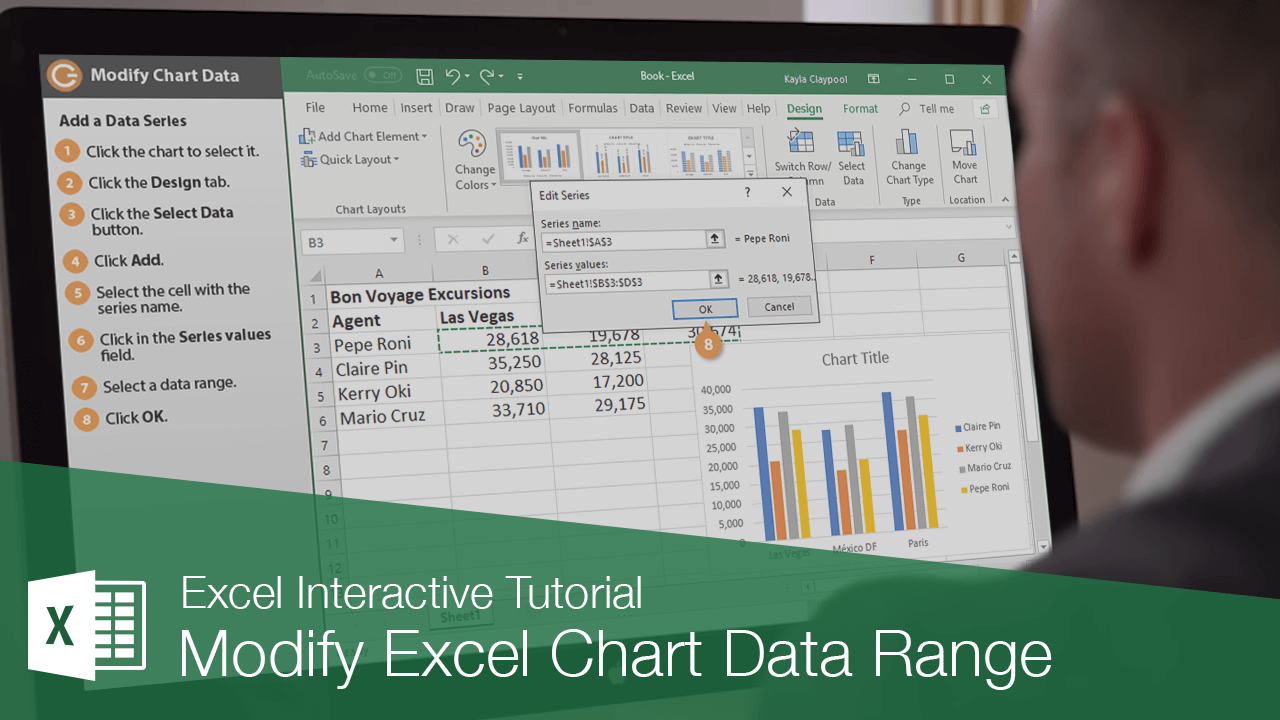



Modify Excel Chart Data Range Customguide
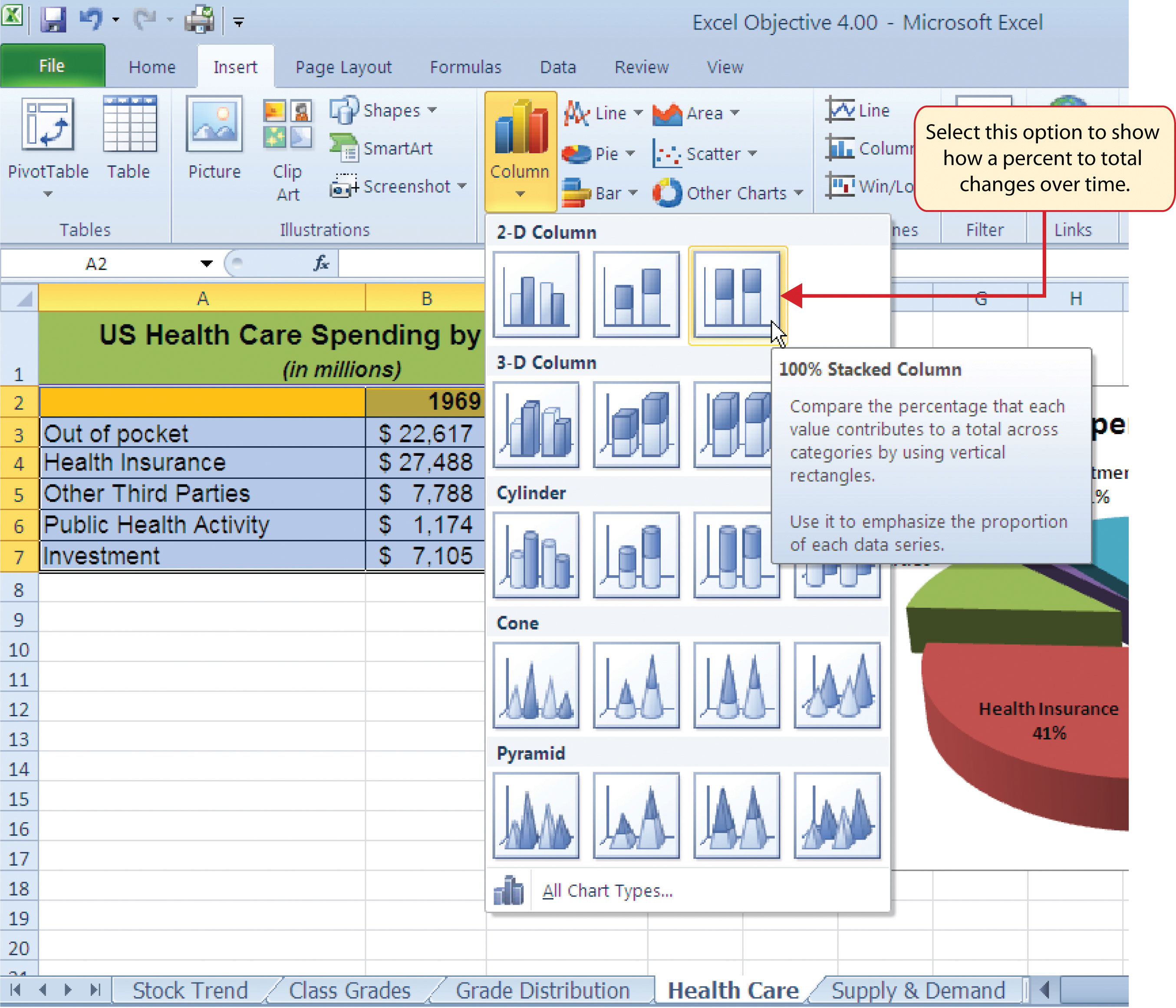



Presenting Data With Charts




How To Add Custom Error Bars In Excel Charts Excel Quick Help




Two Ways To Build Dynamic Charts In Excel Techrepublic
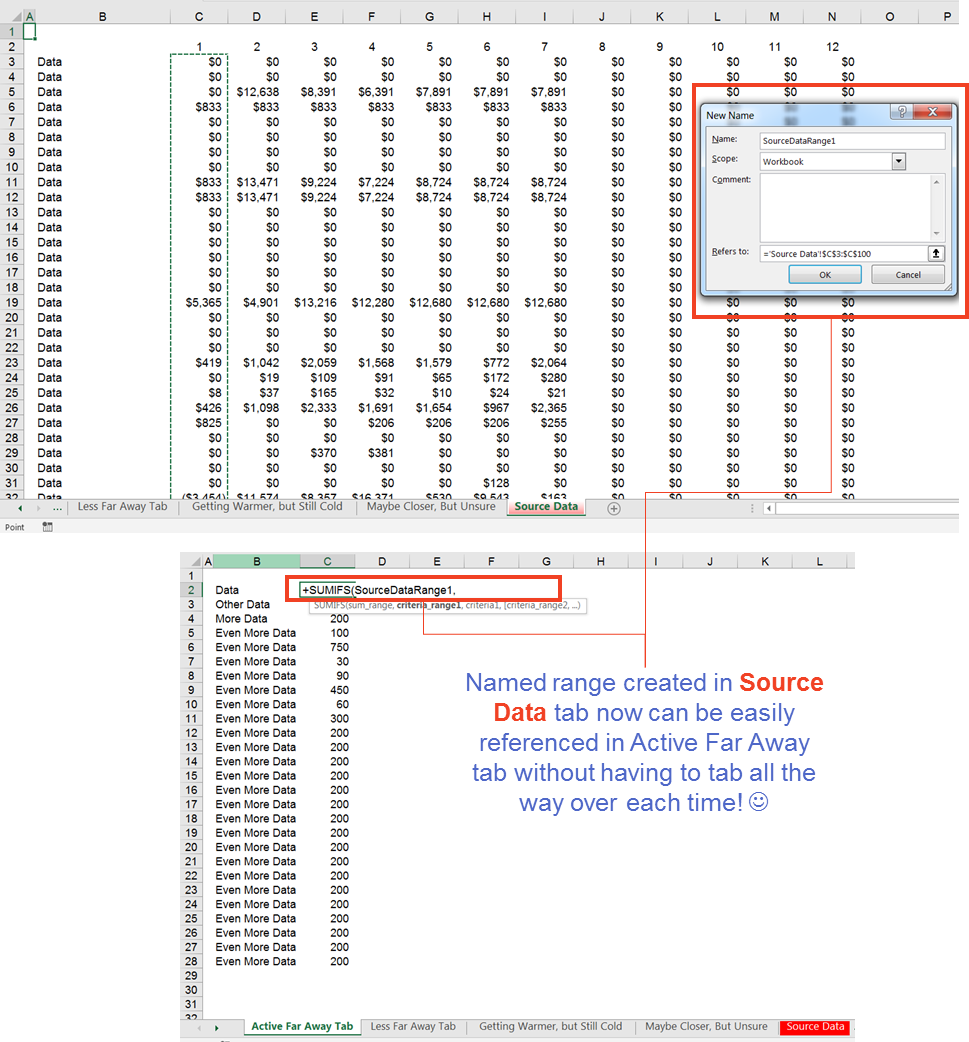



Excel Named Ranges The Good And The Really Ugly By Ramin Zacharia Medium
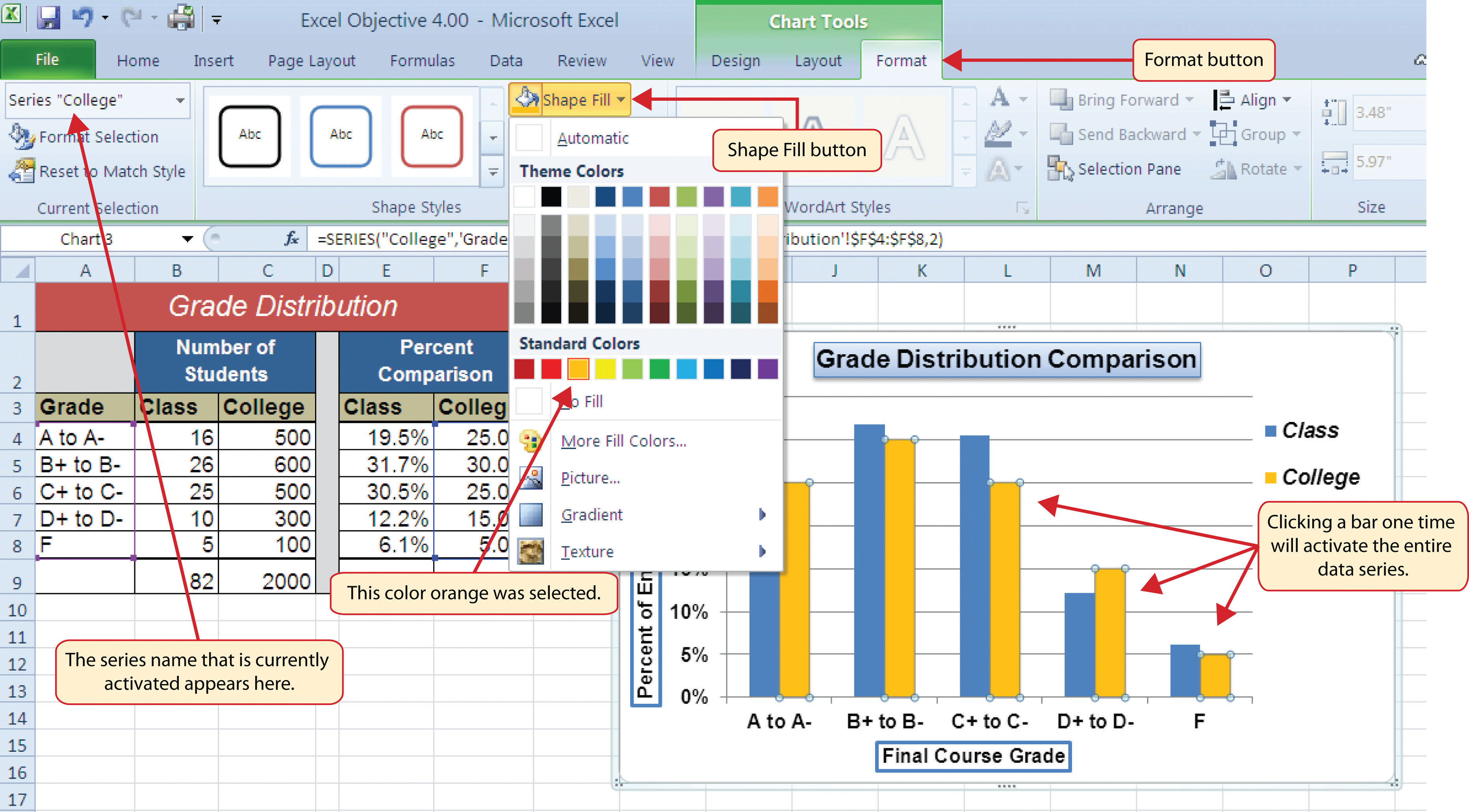



Presenting Data With Charts



0 件のコメント:
コメントを投稿